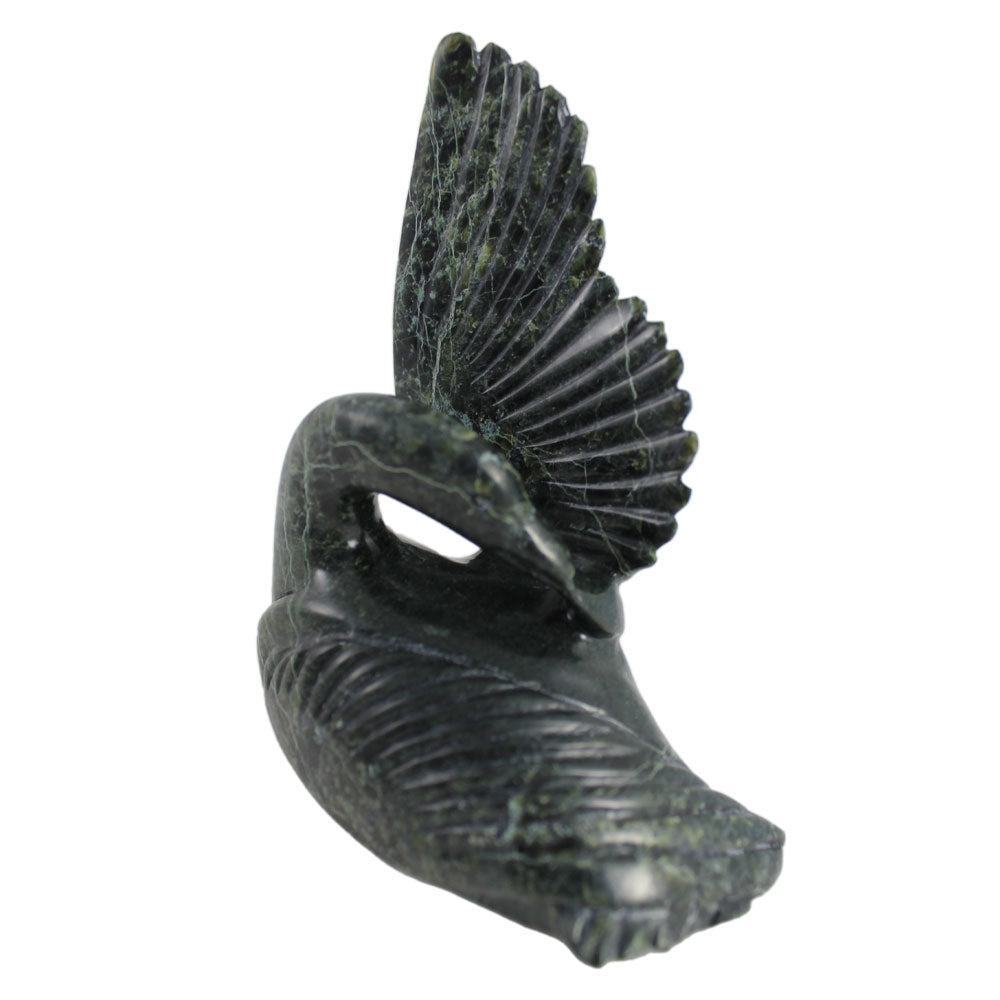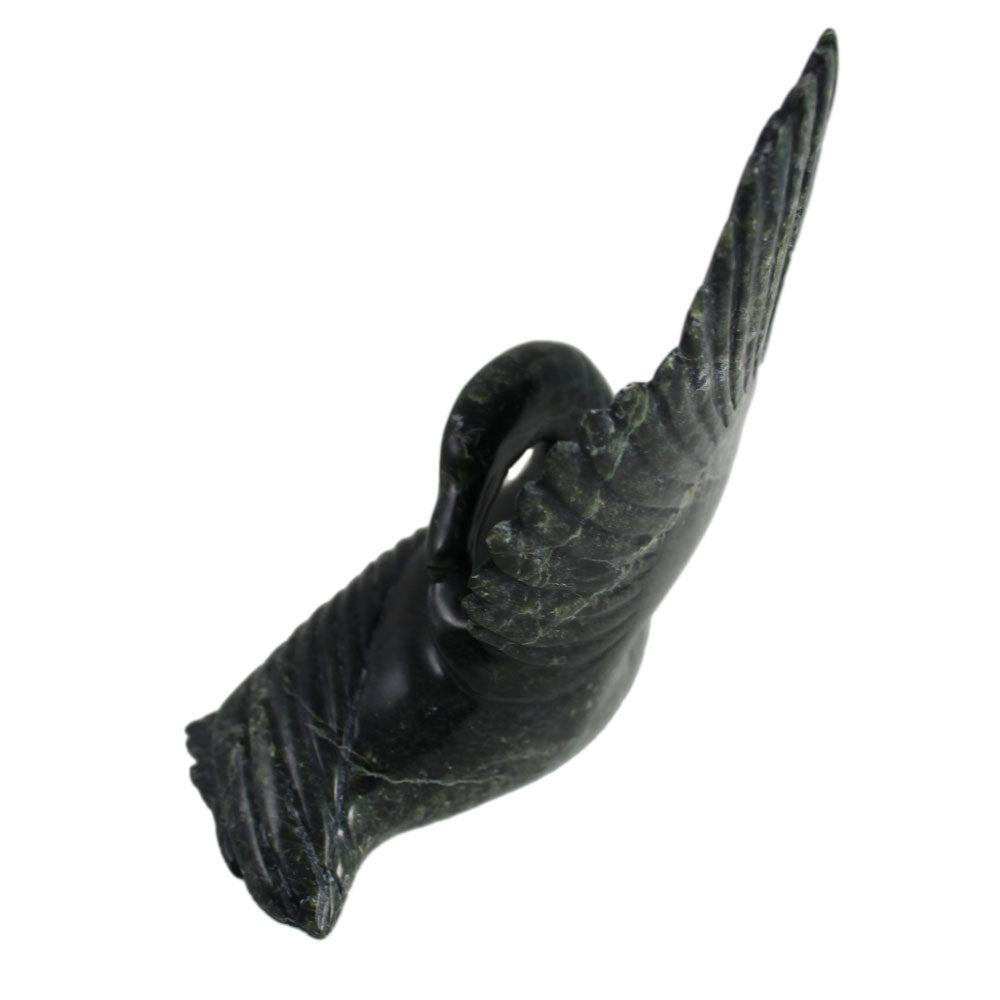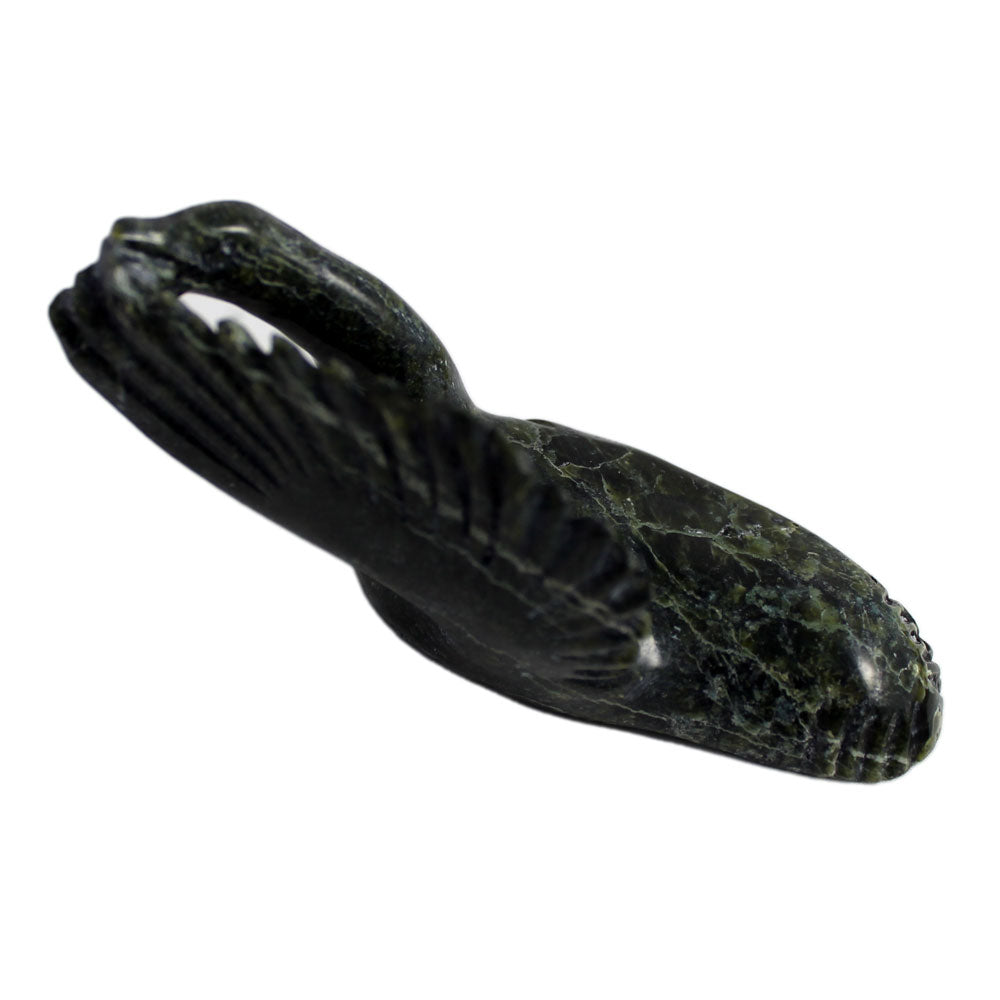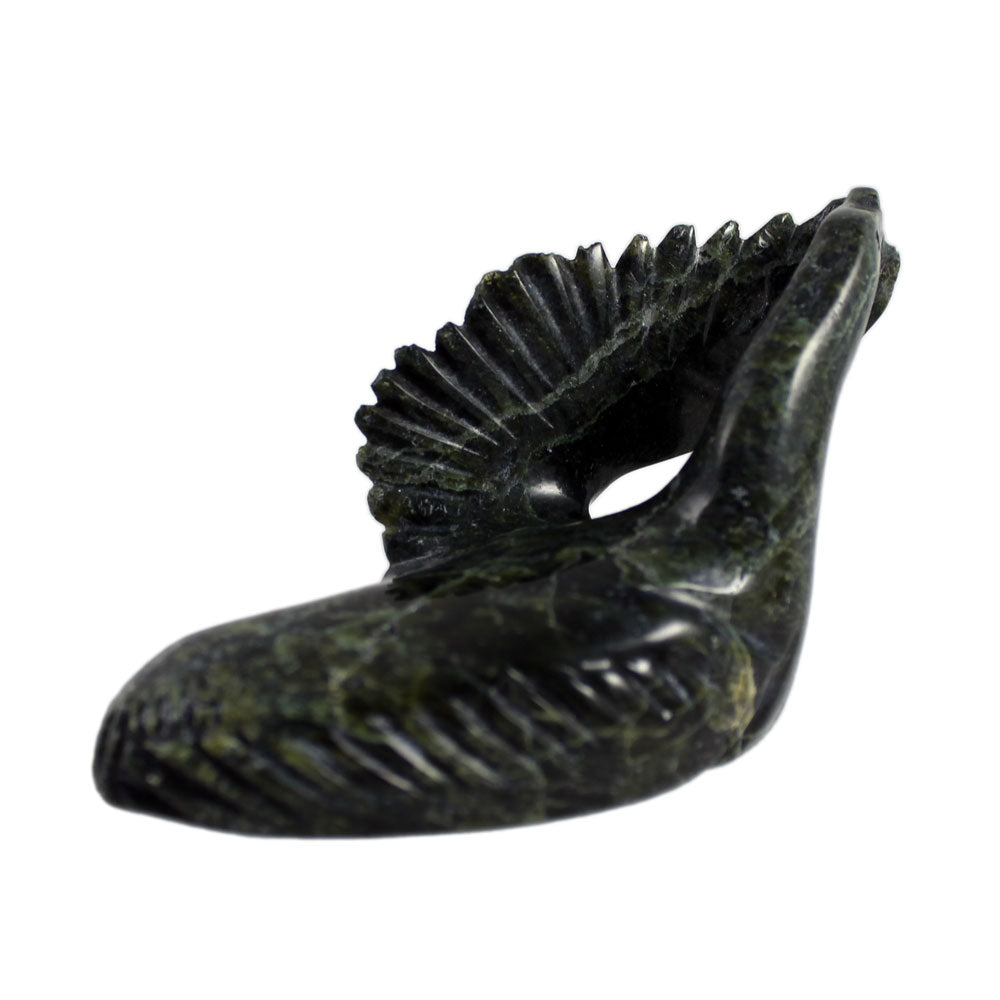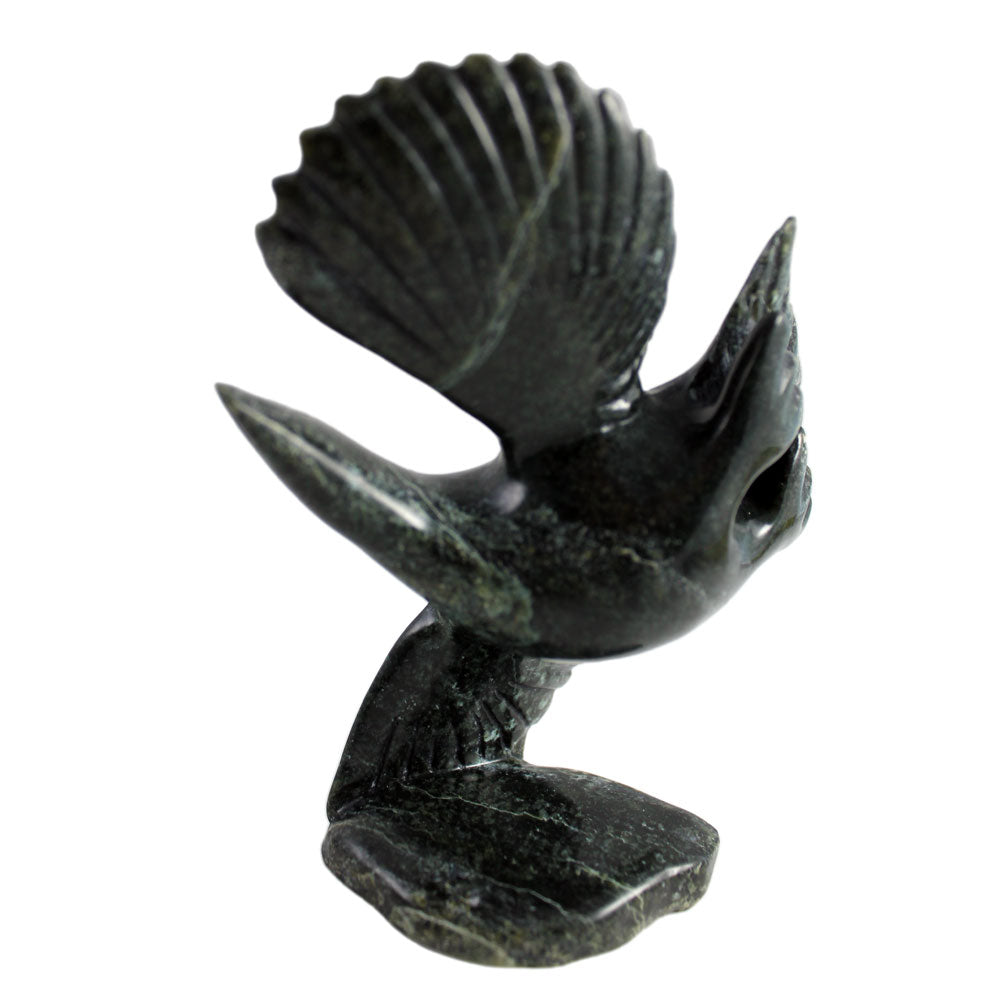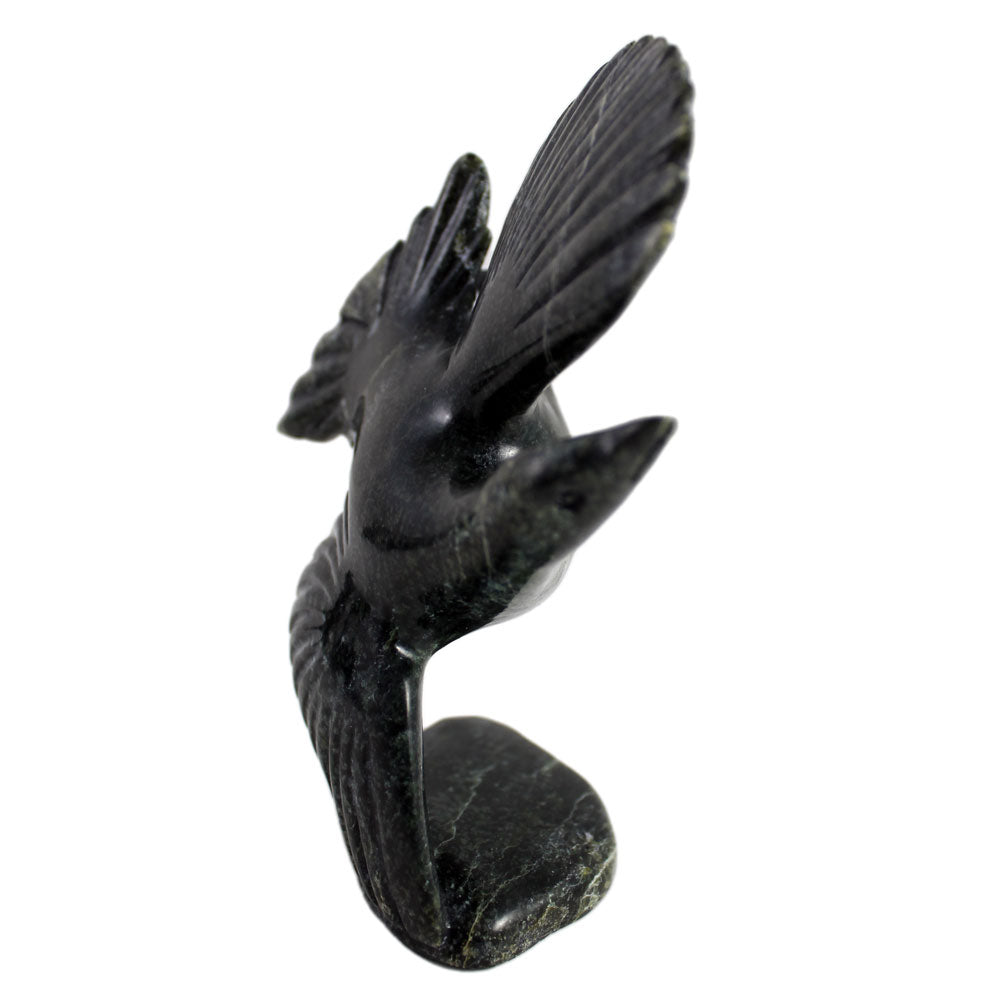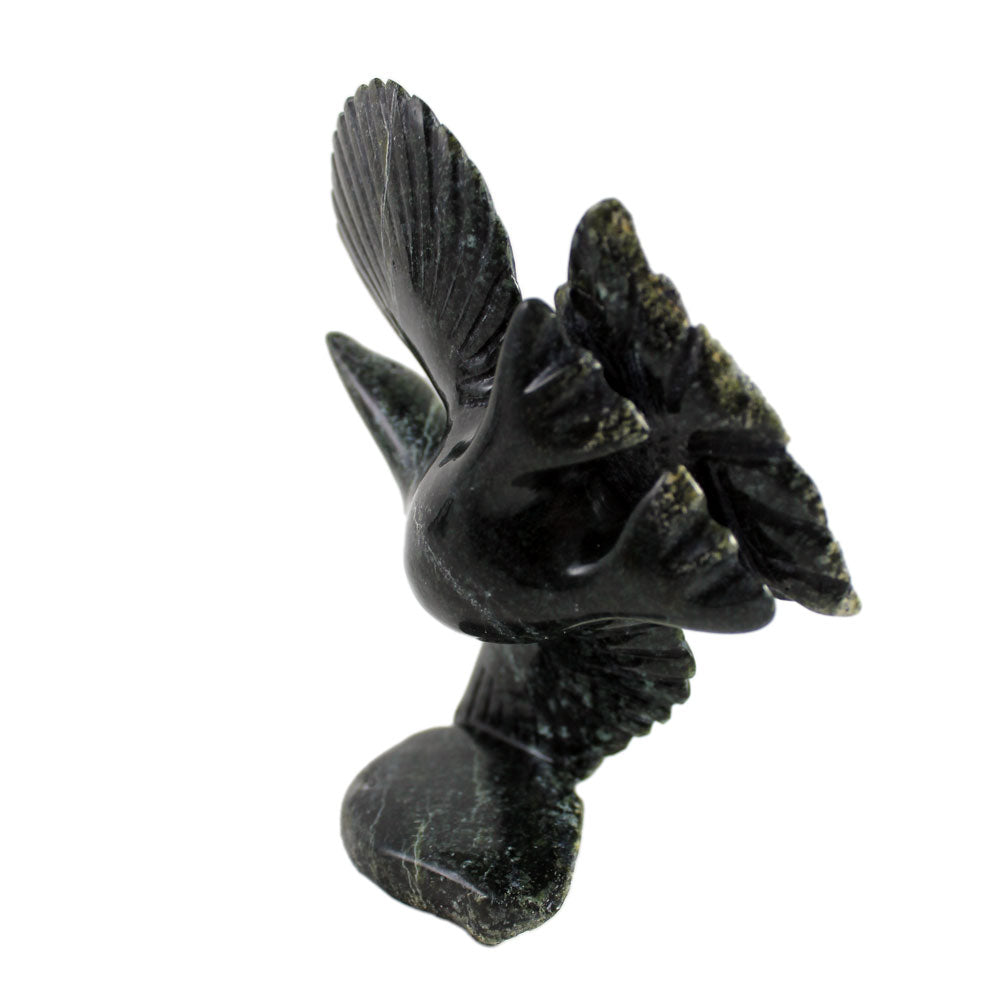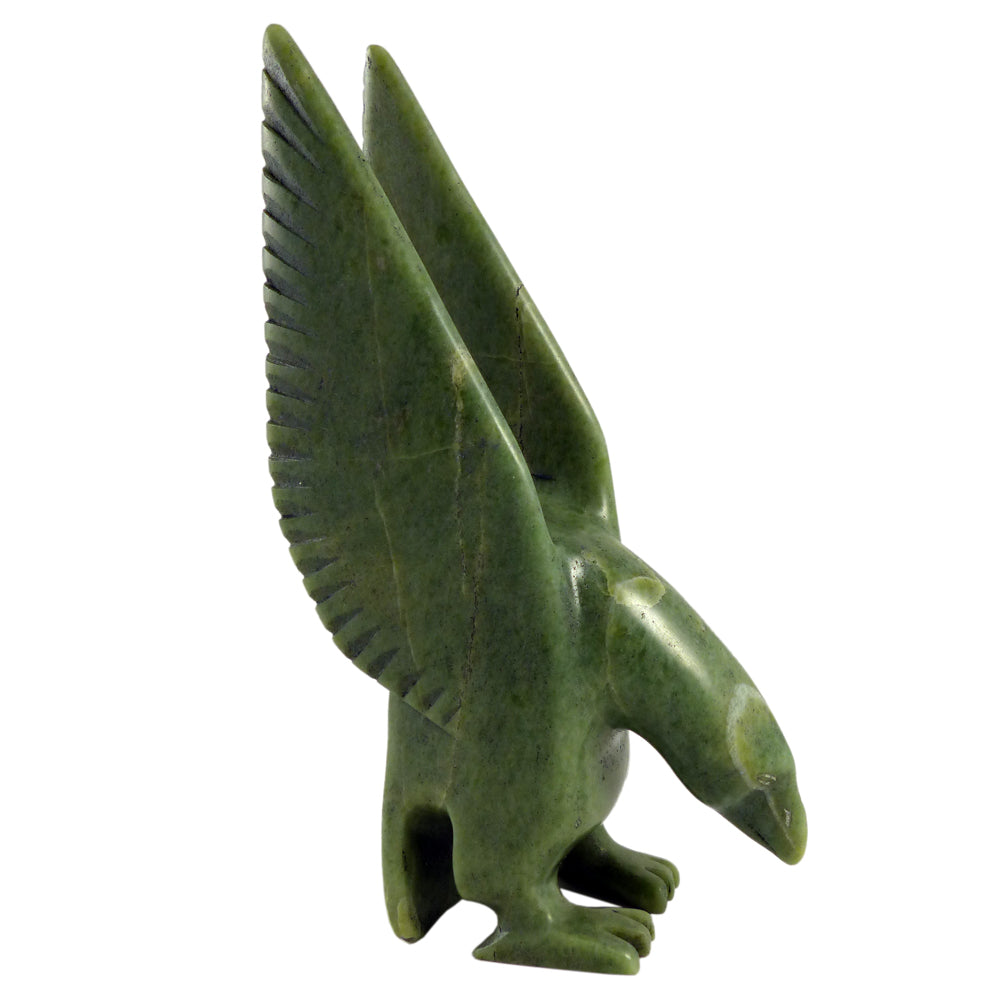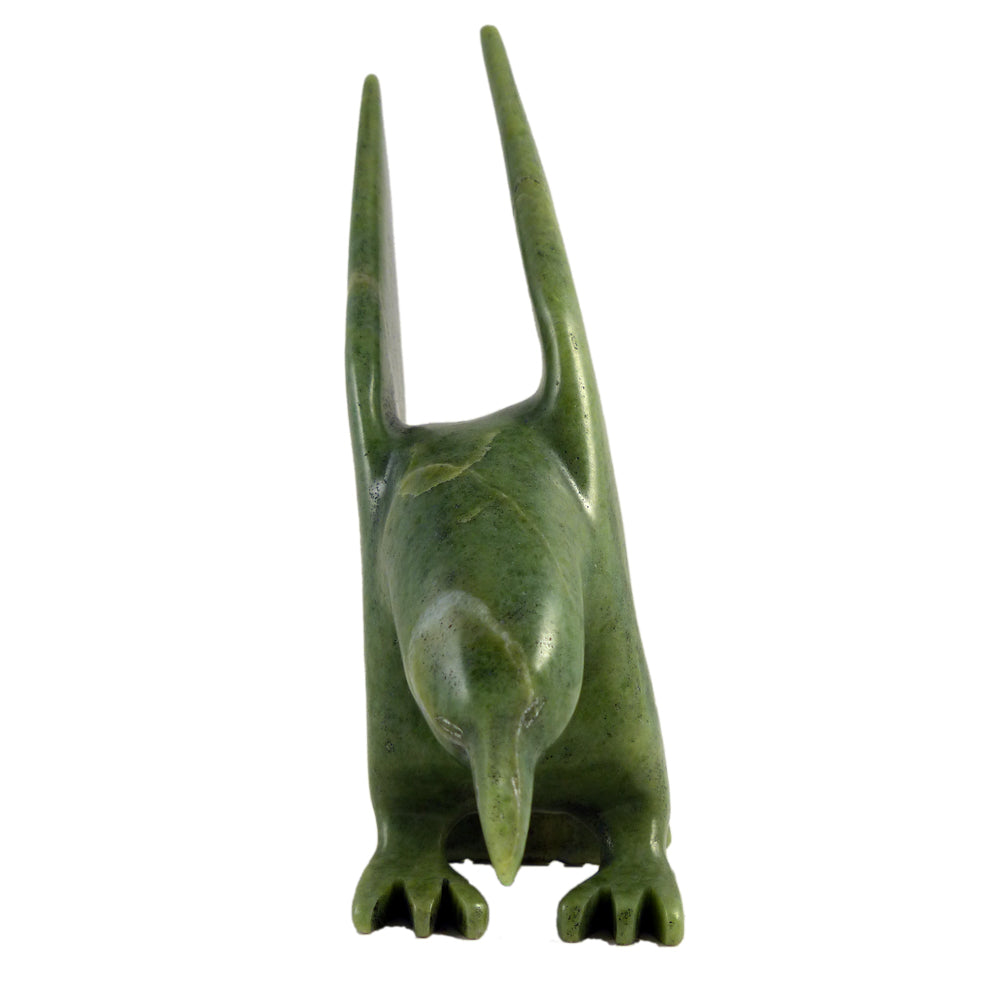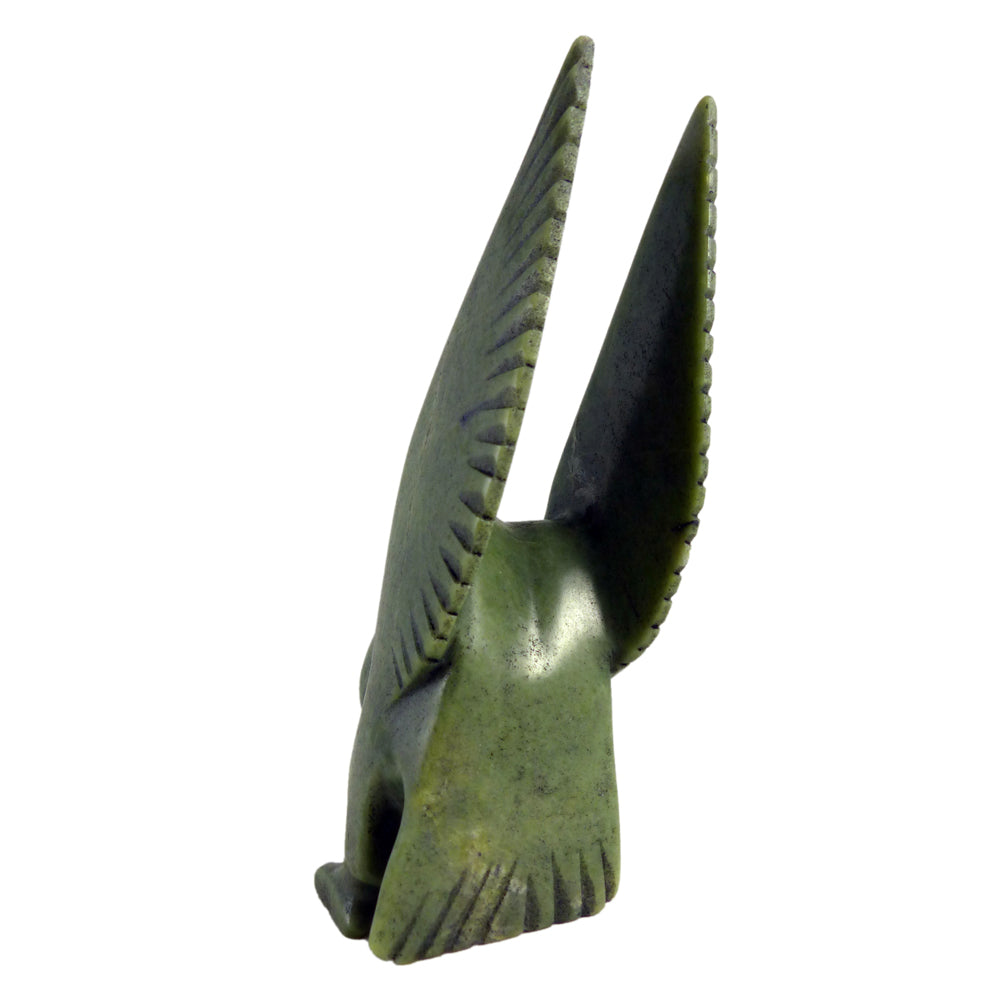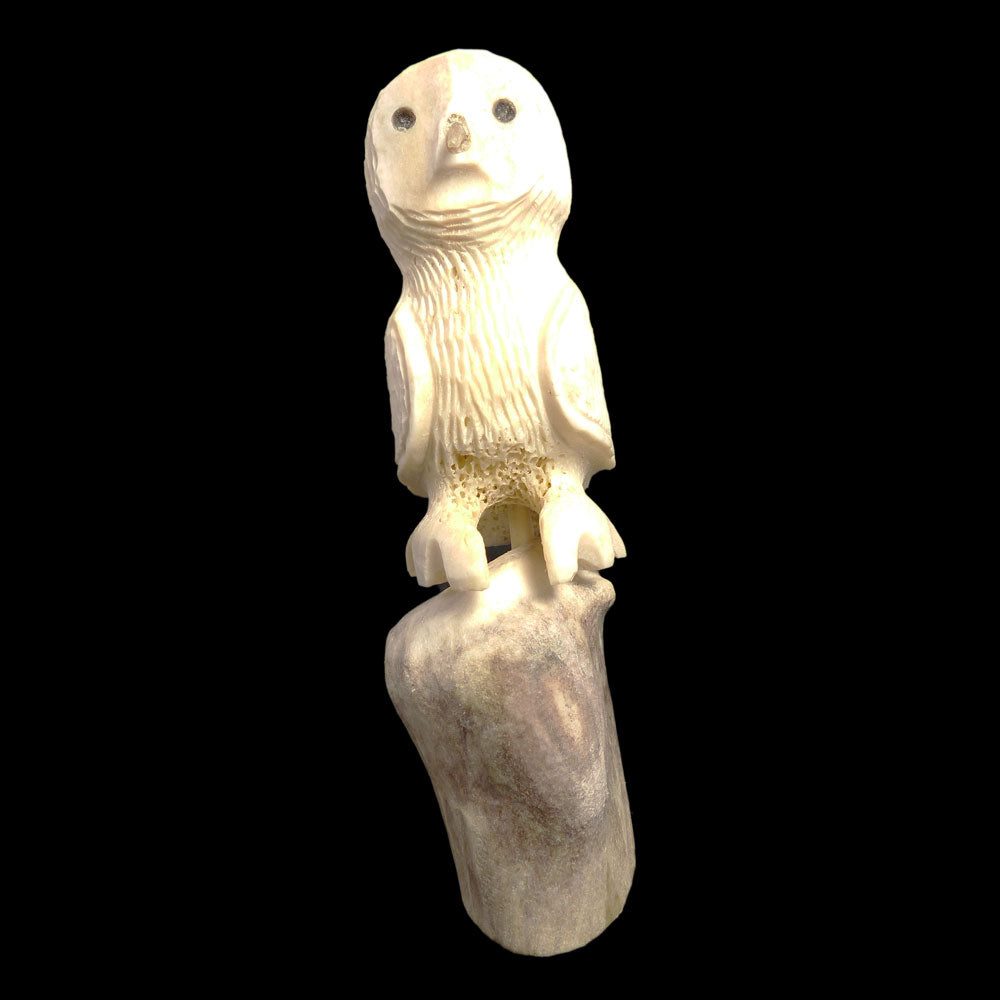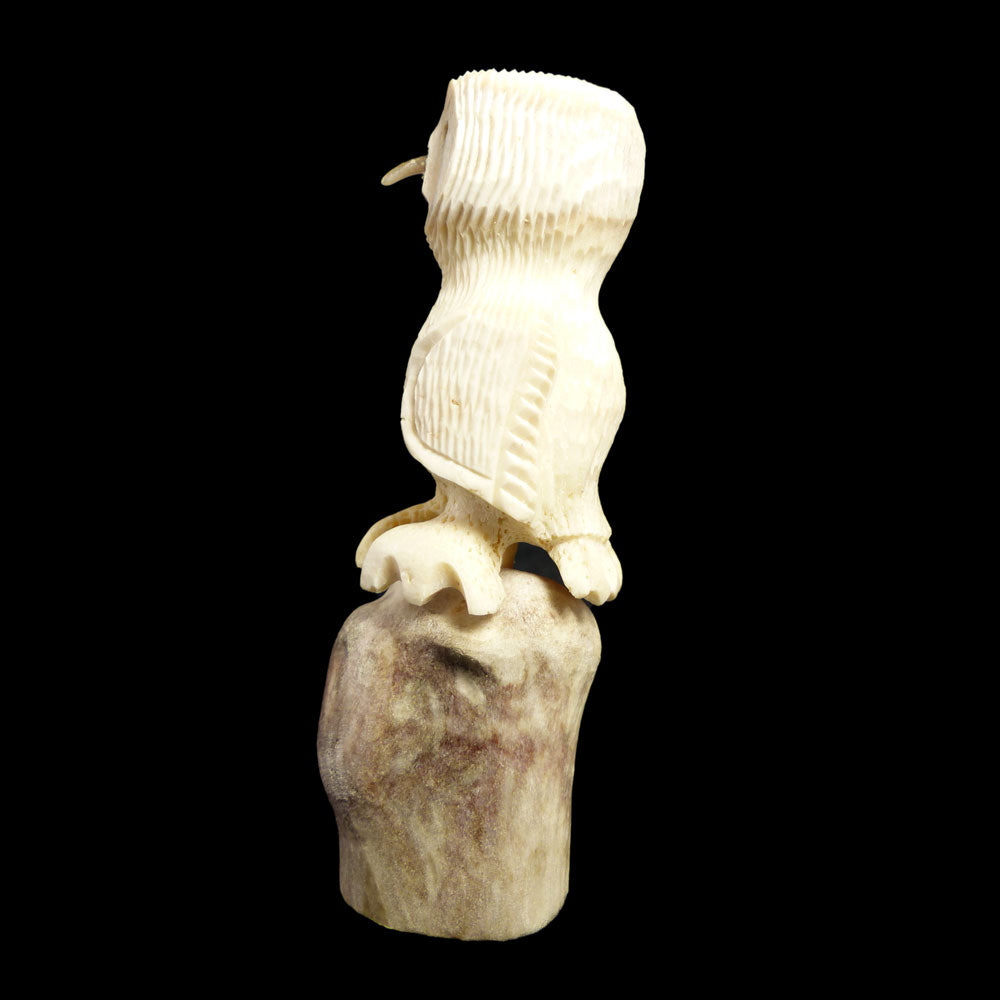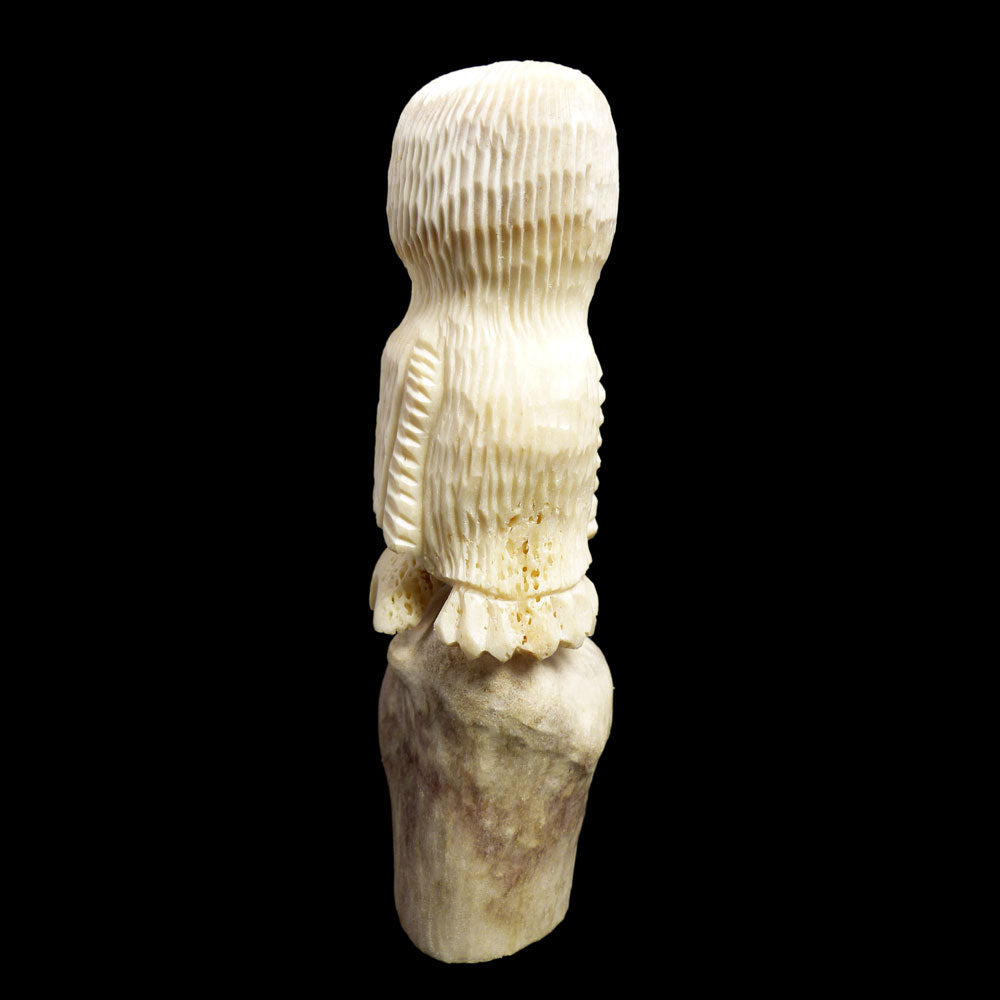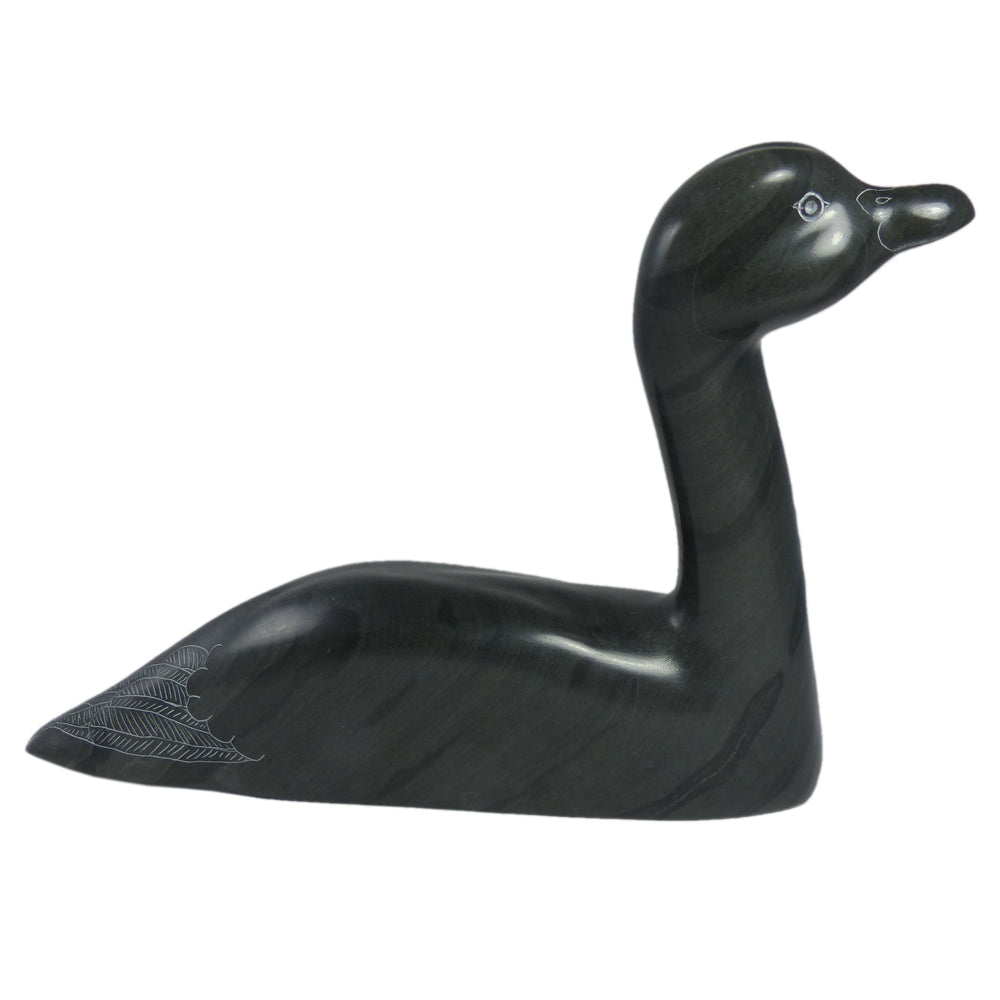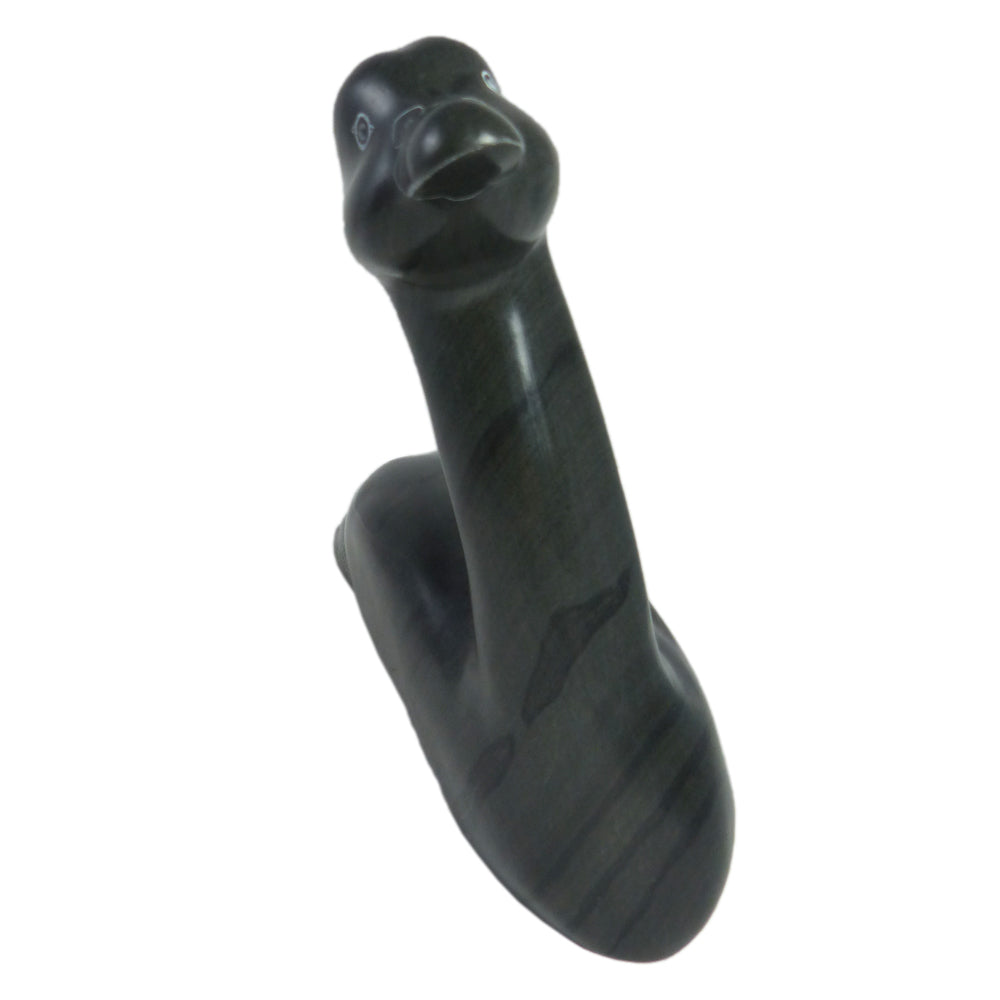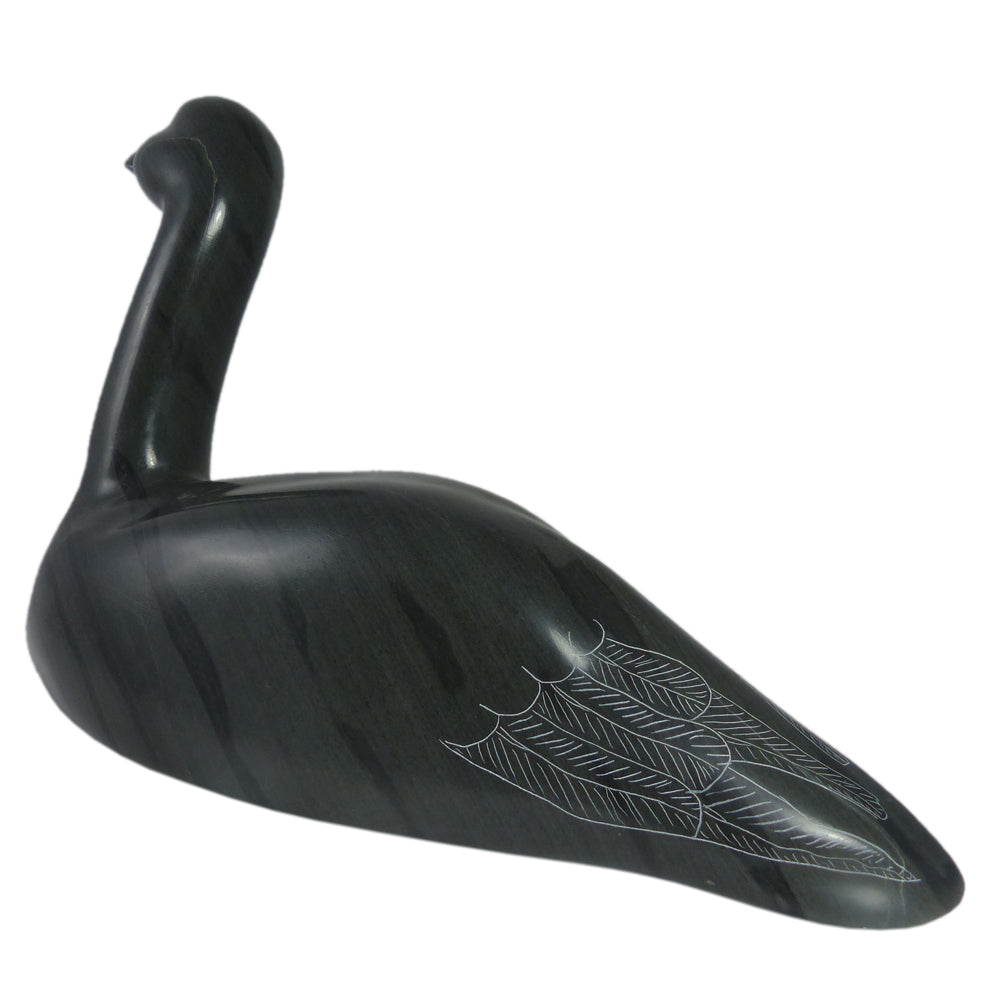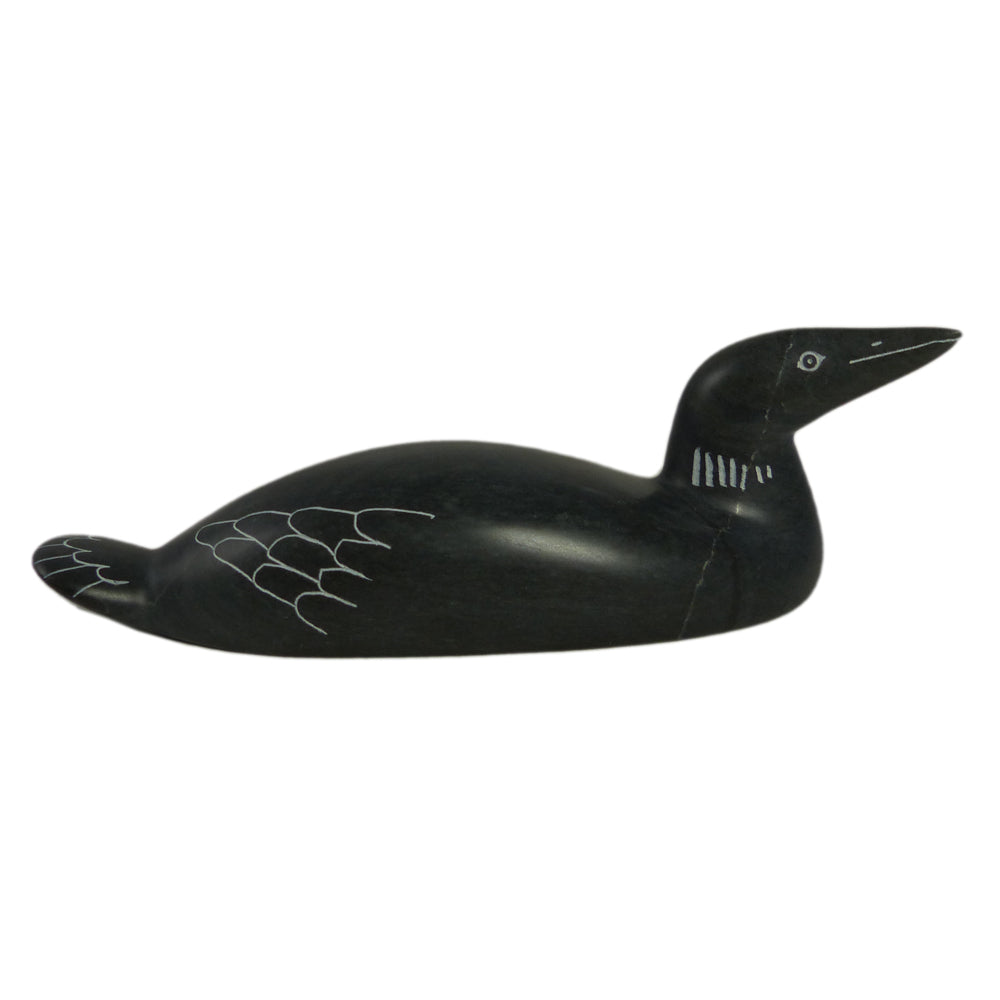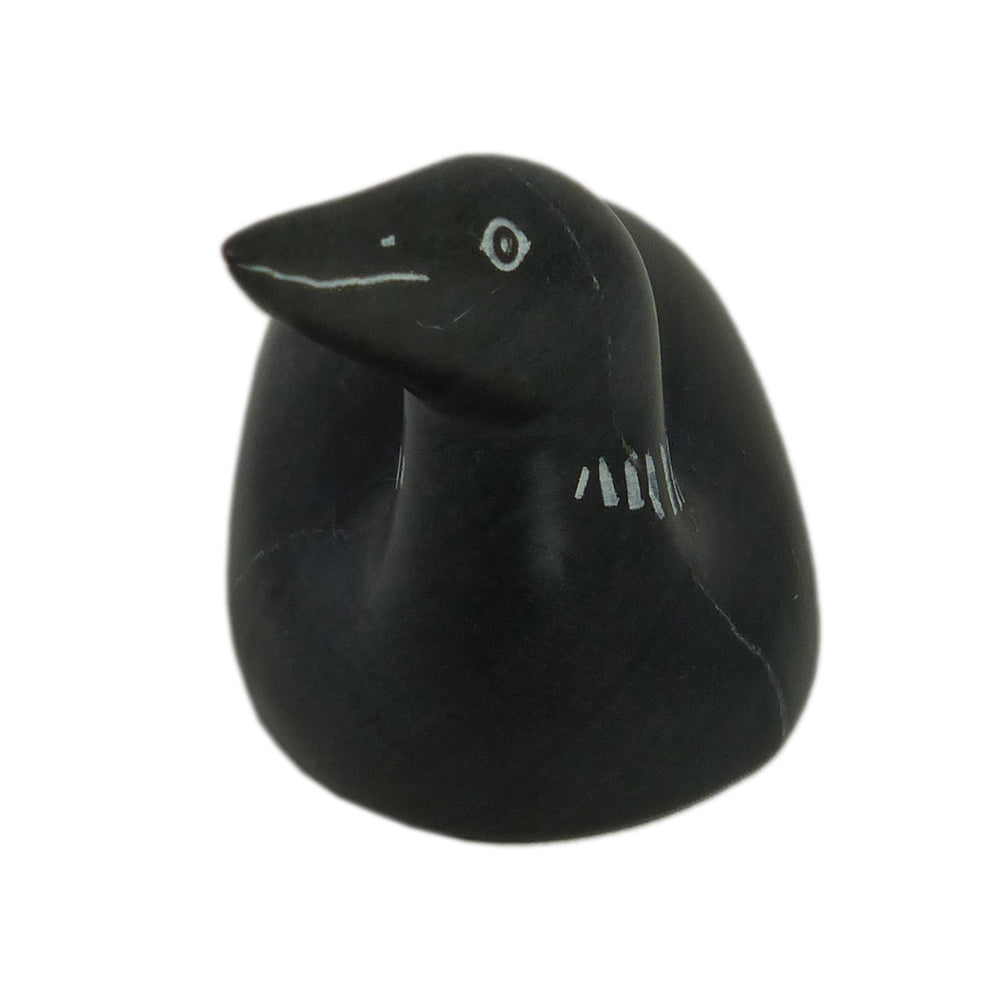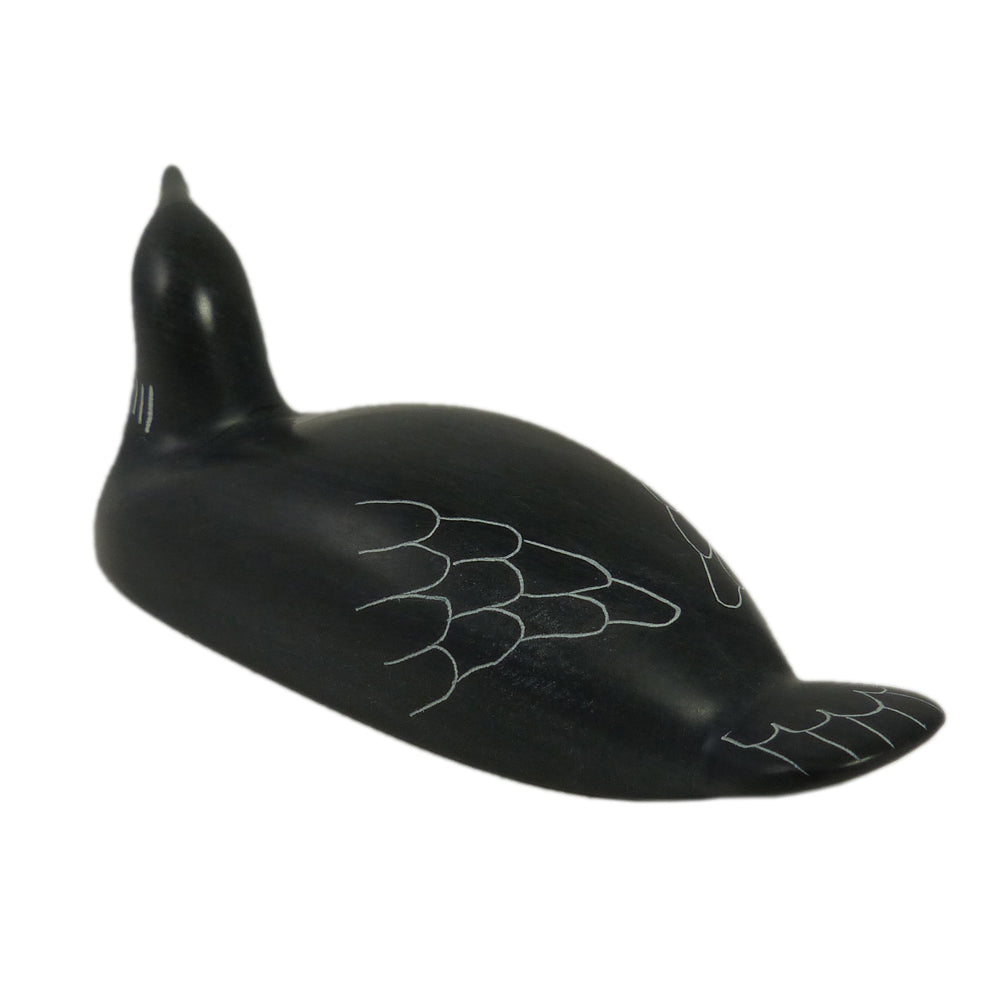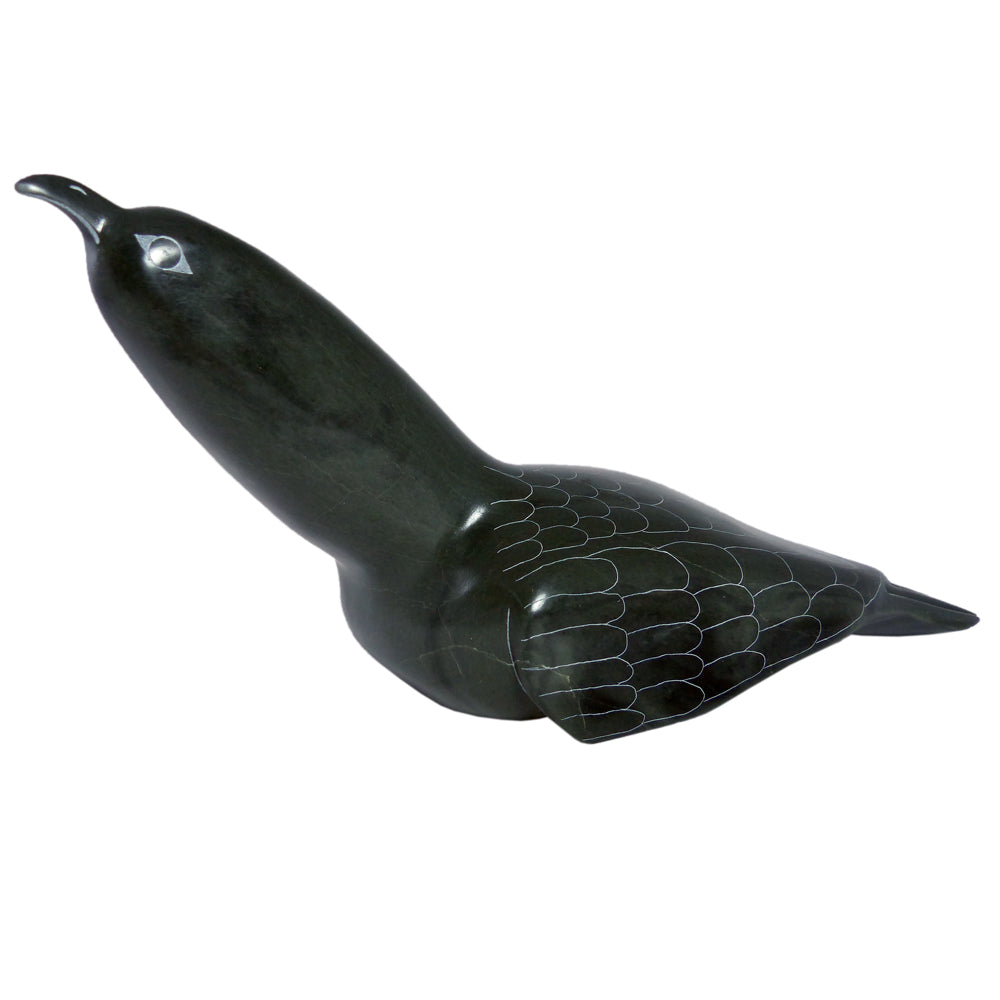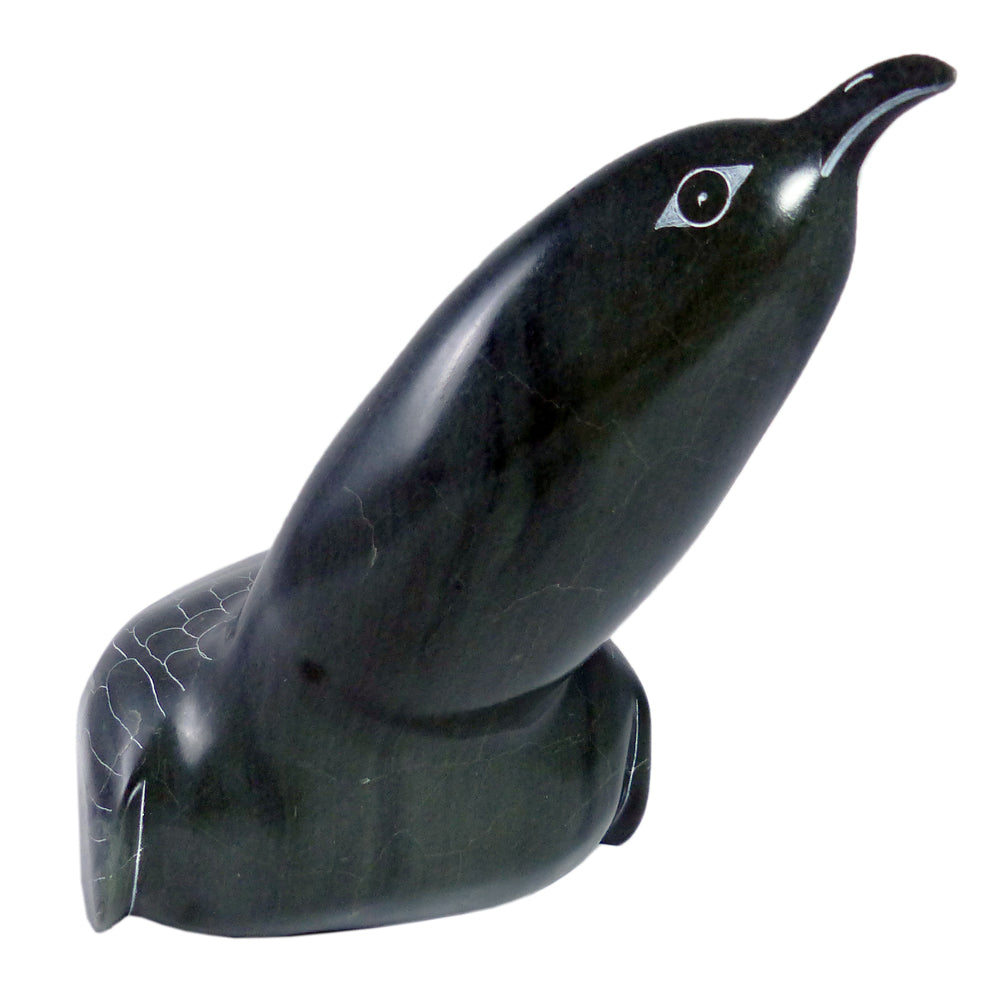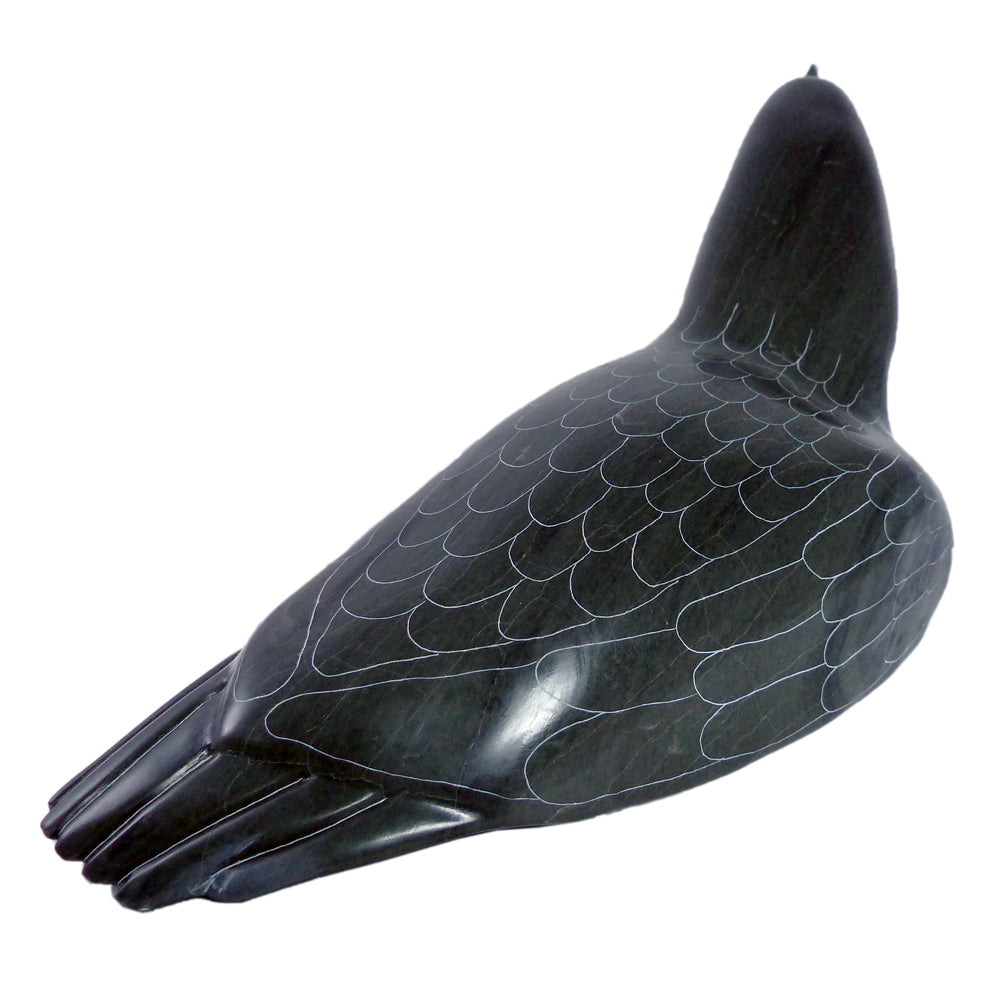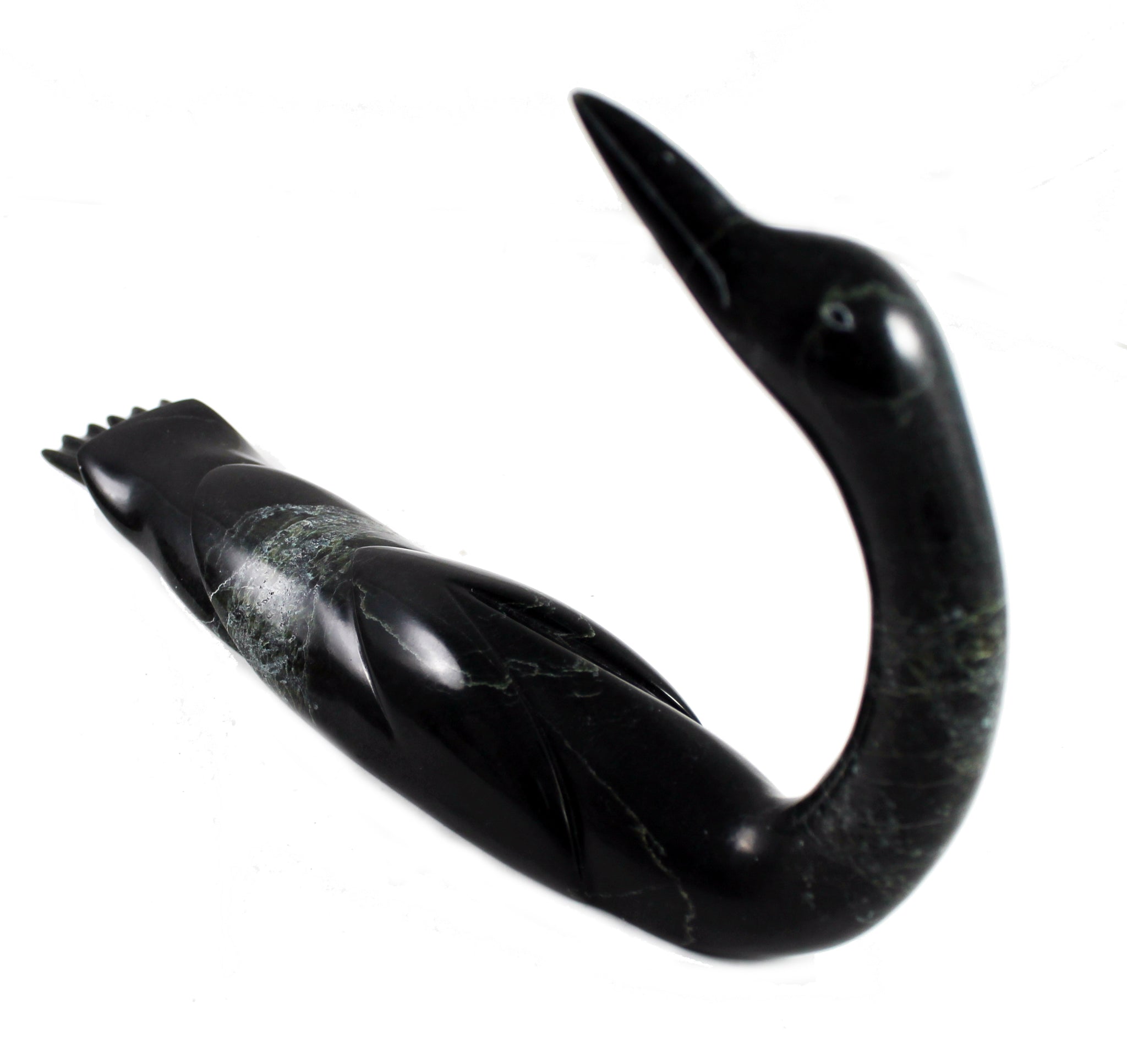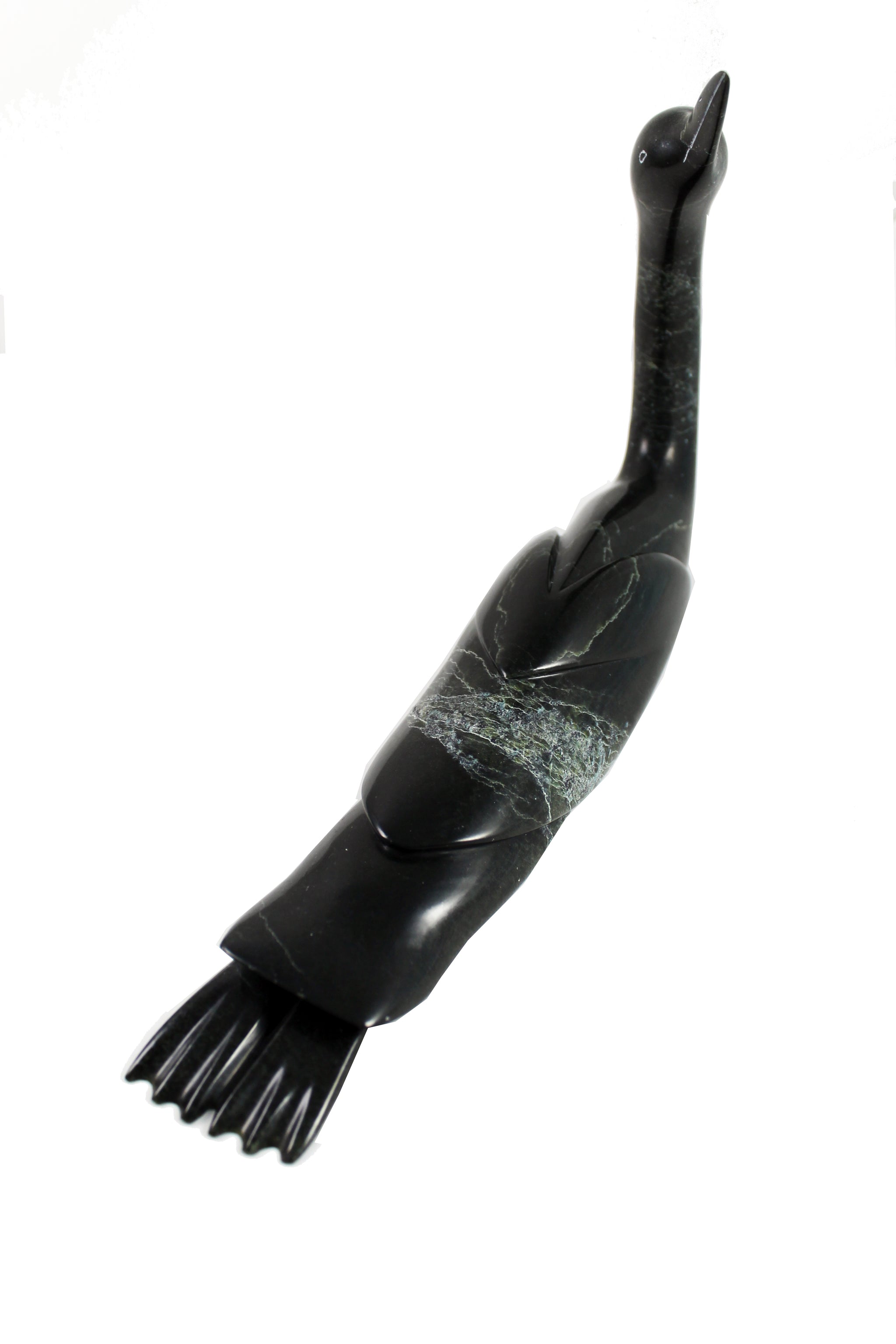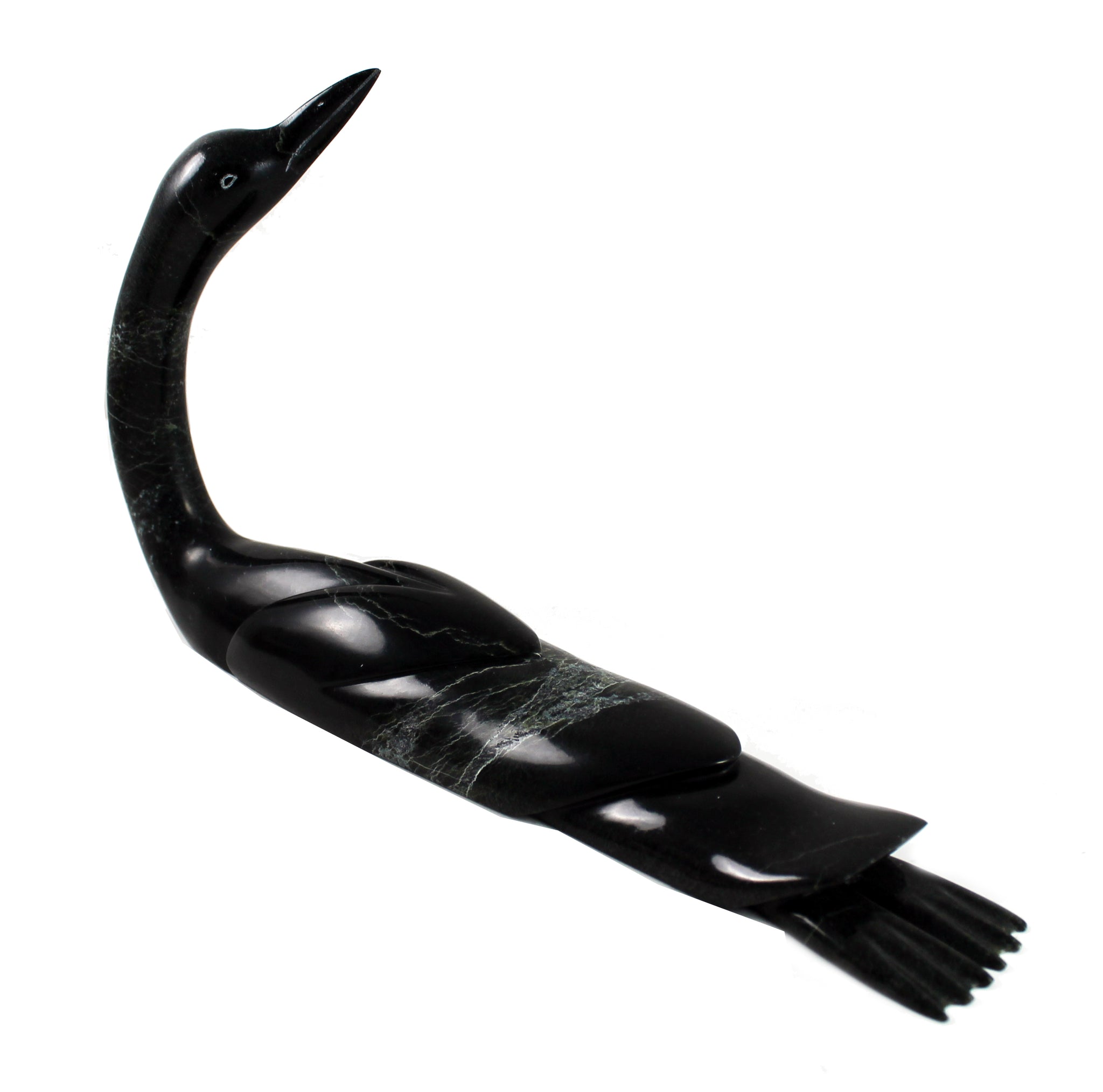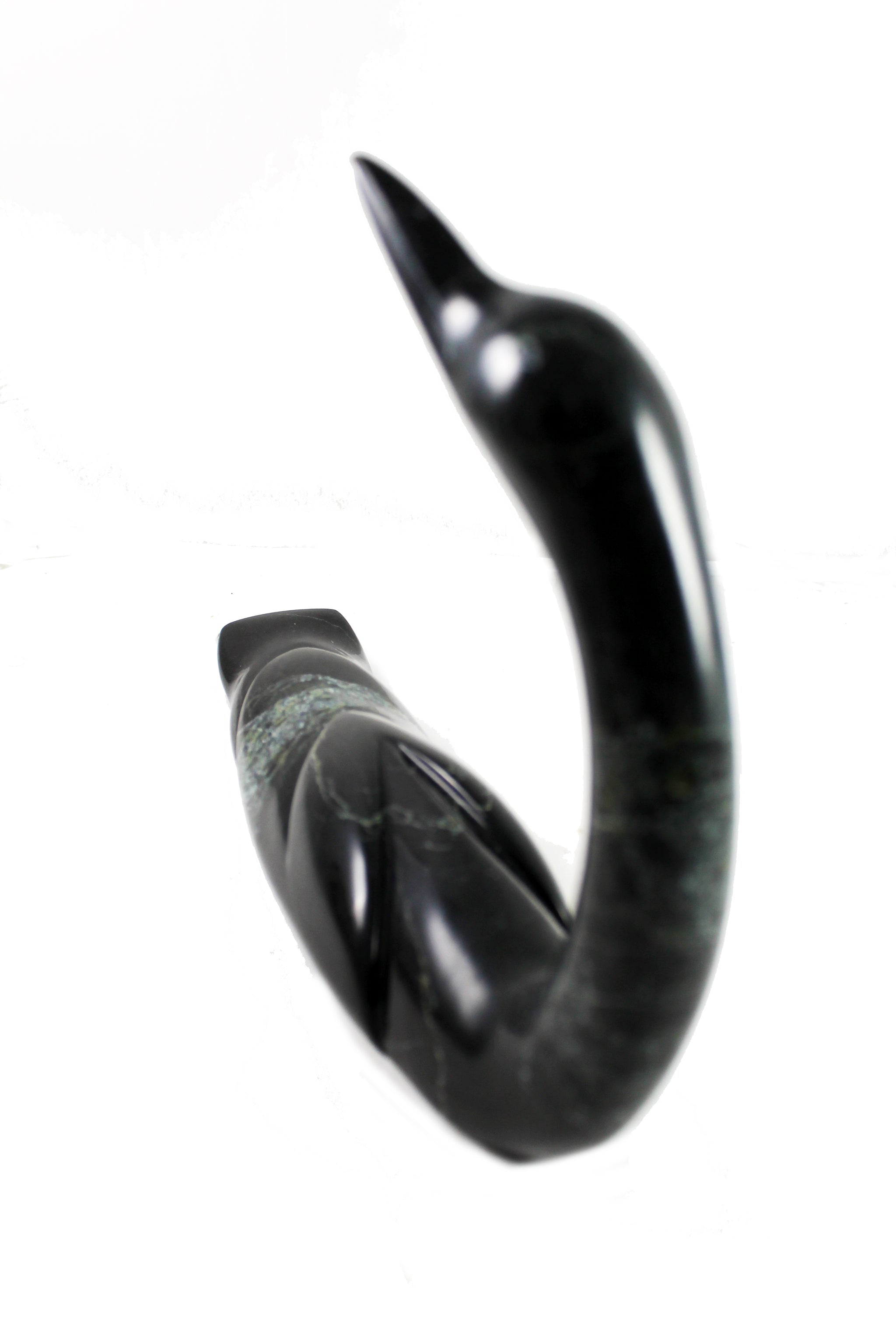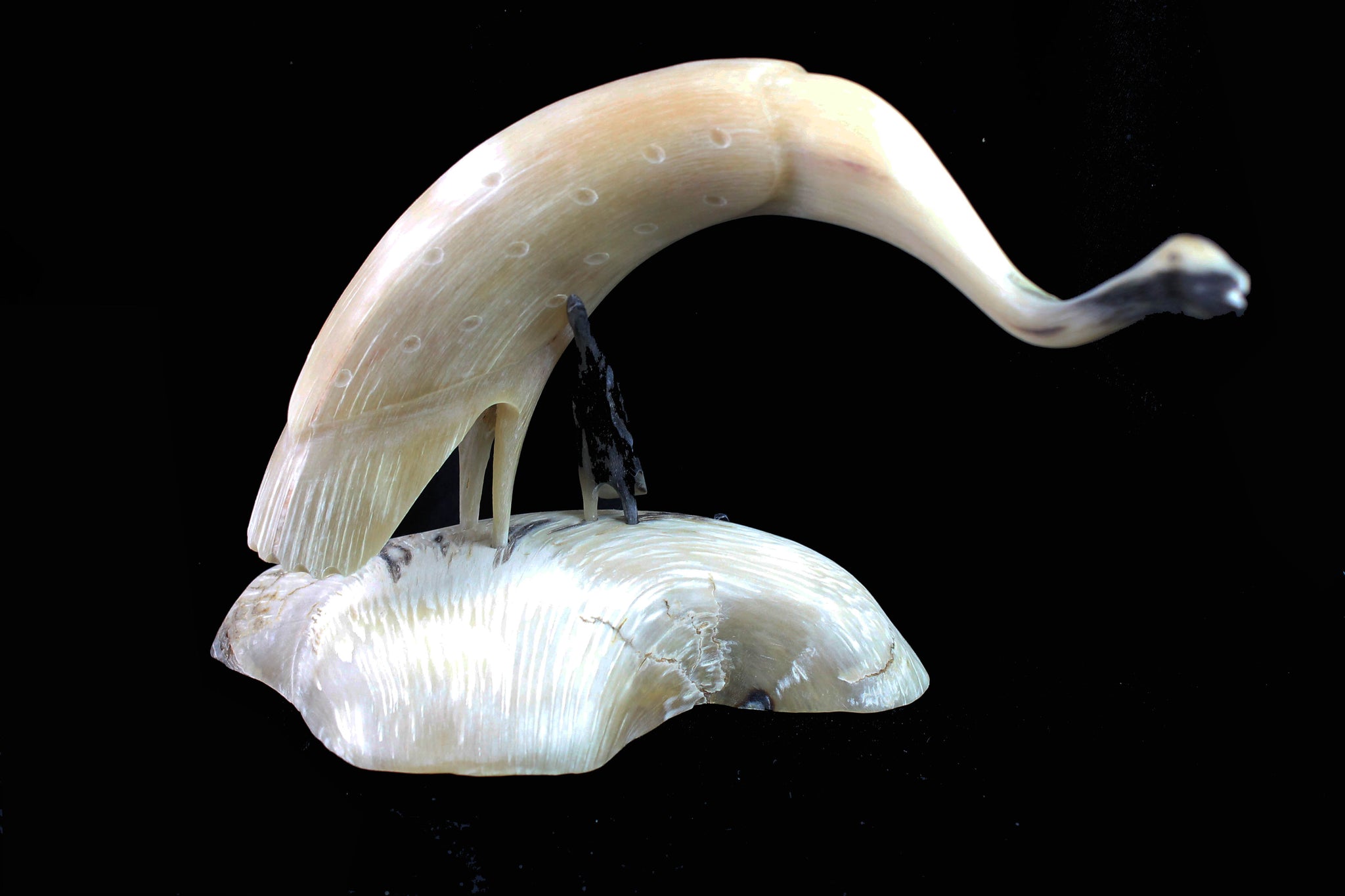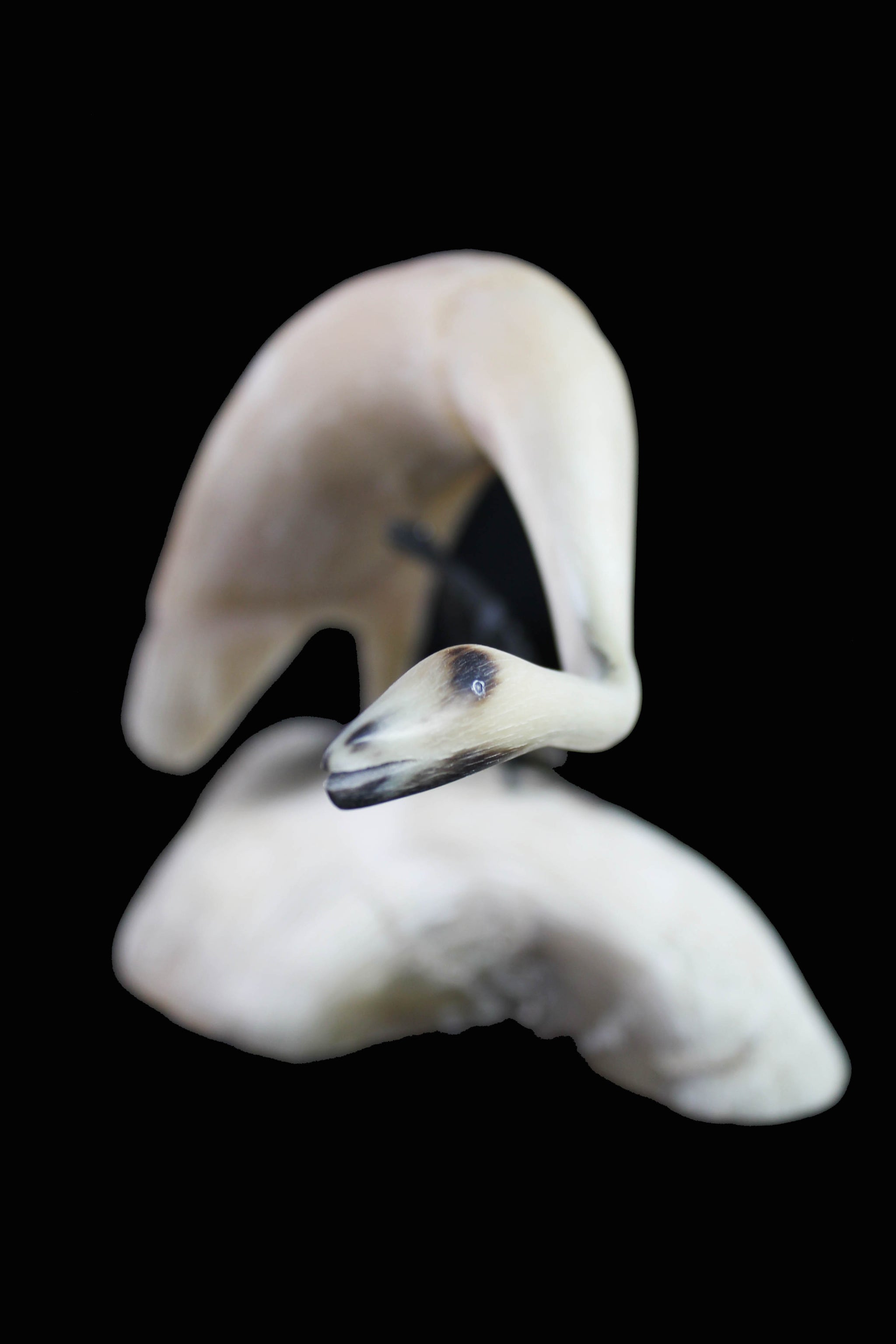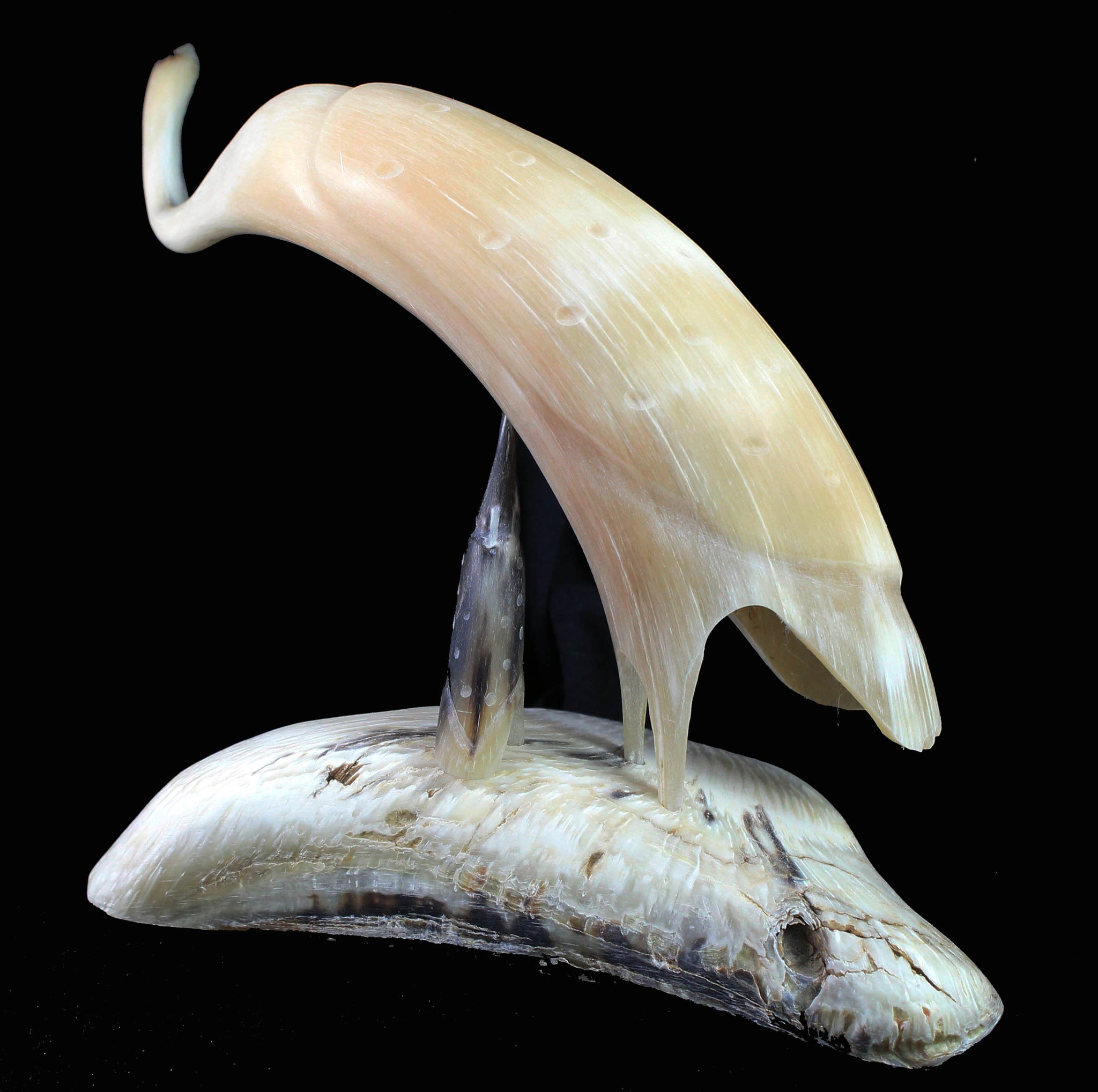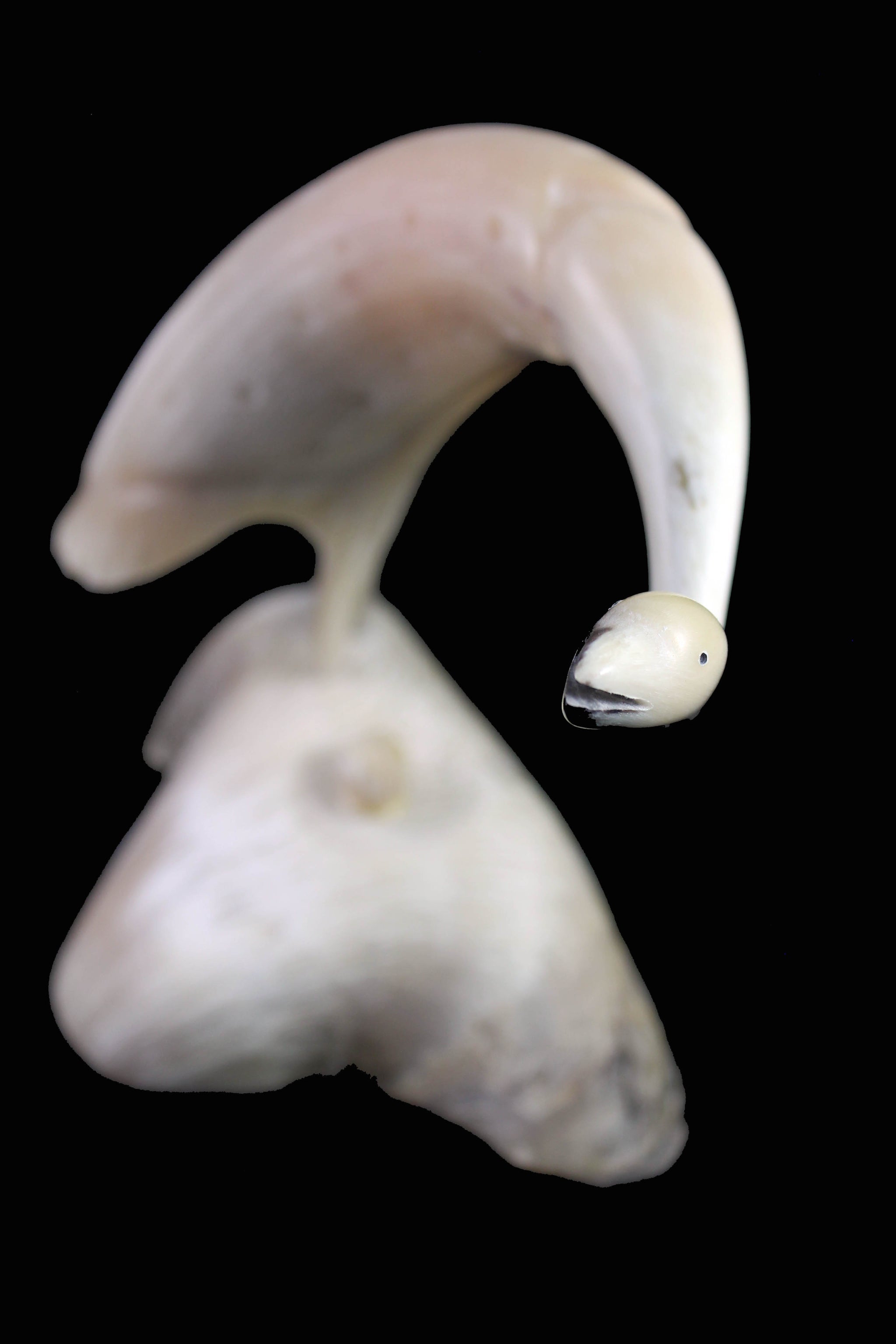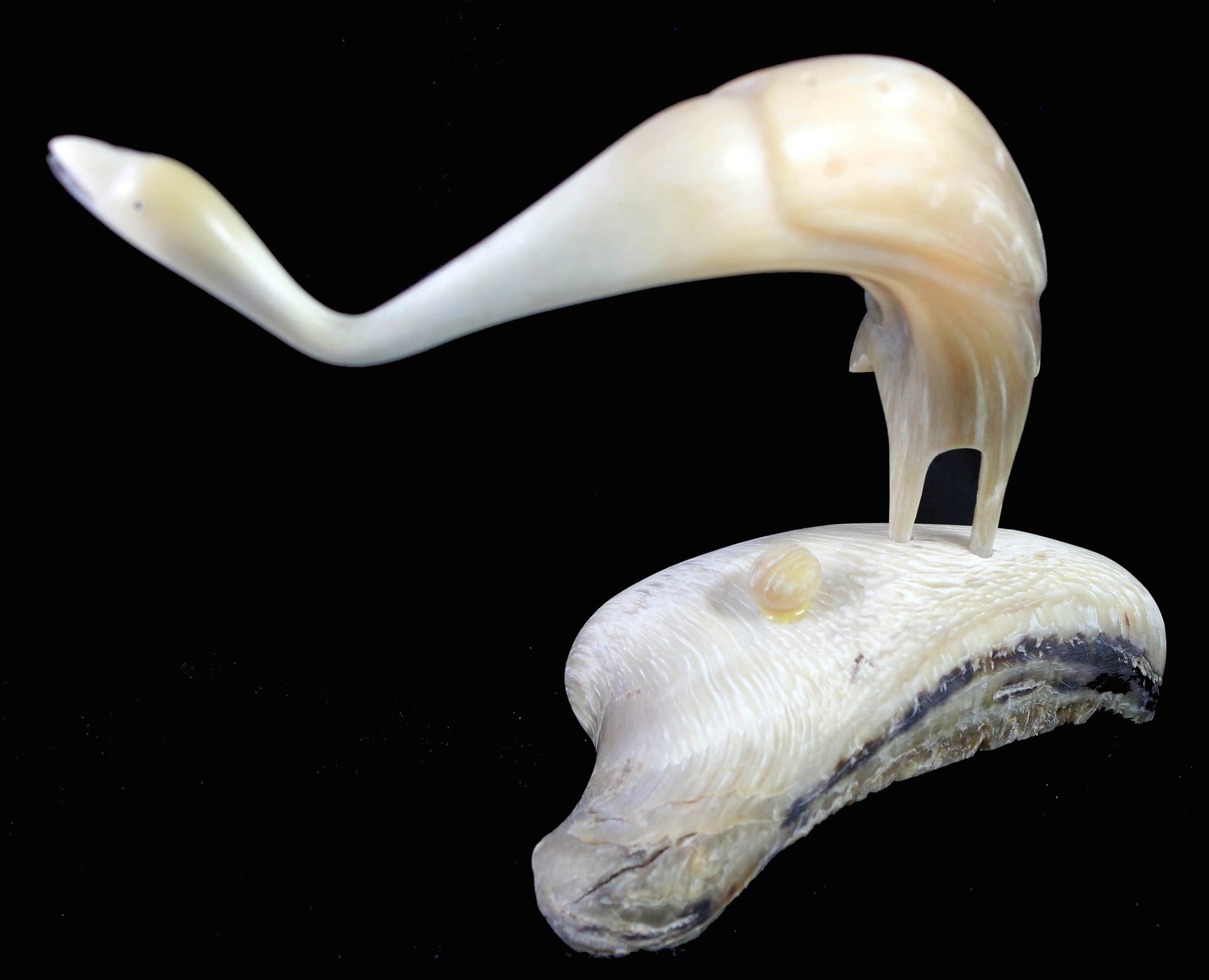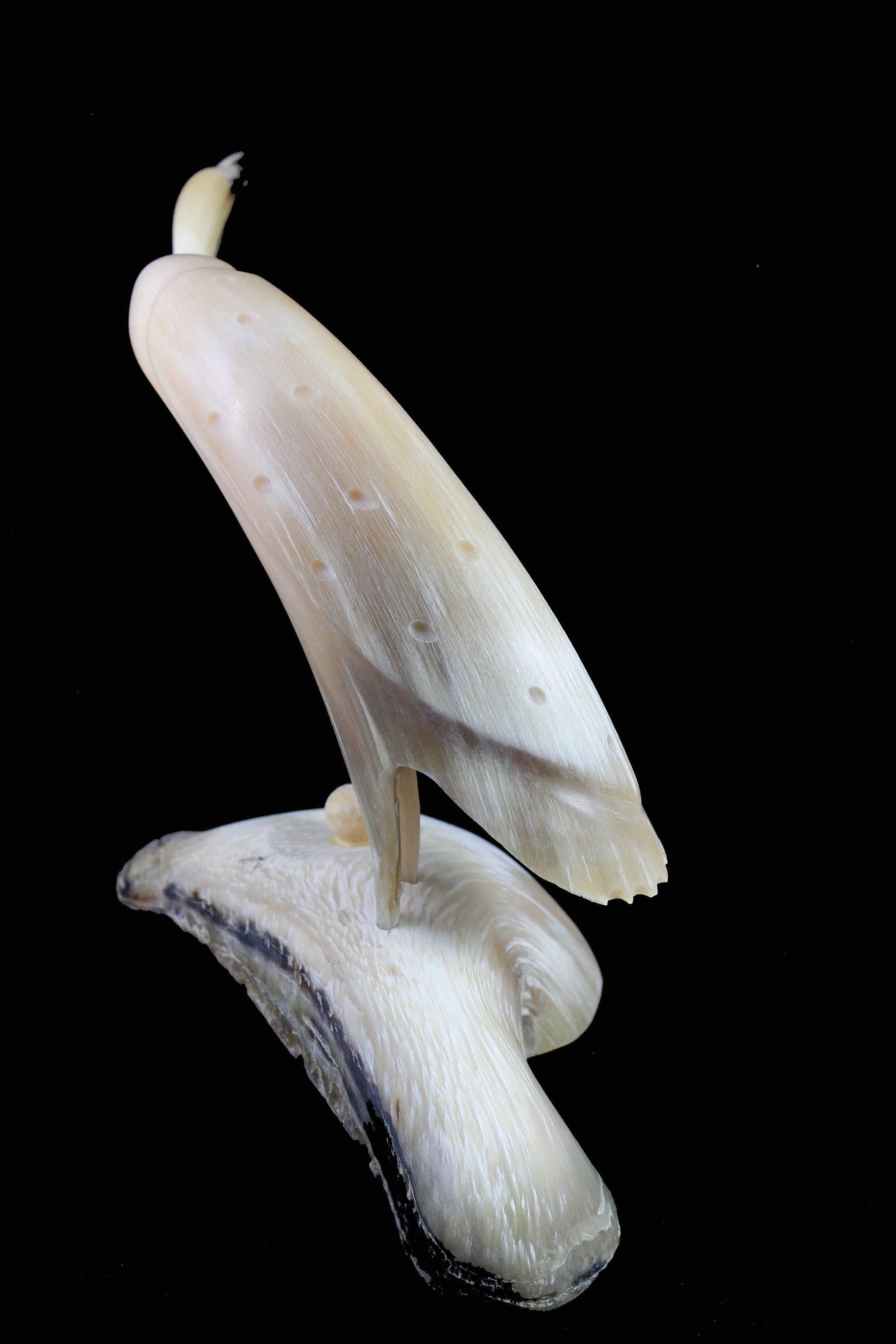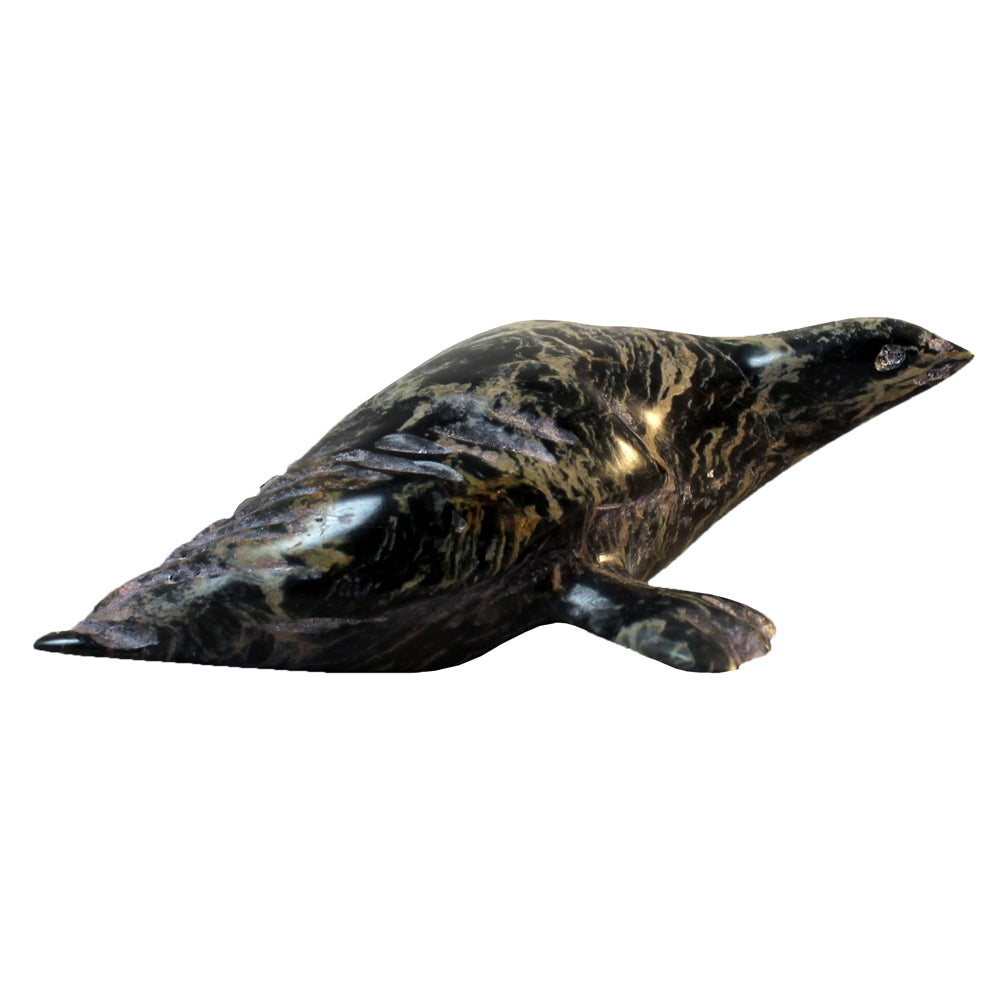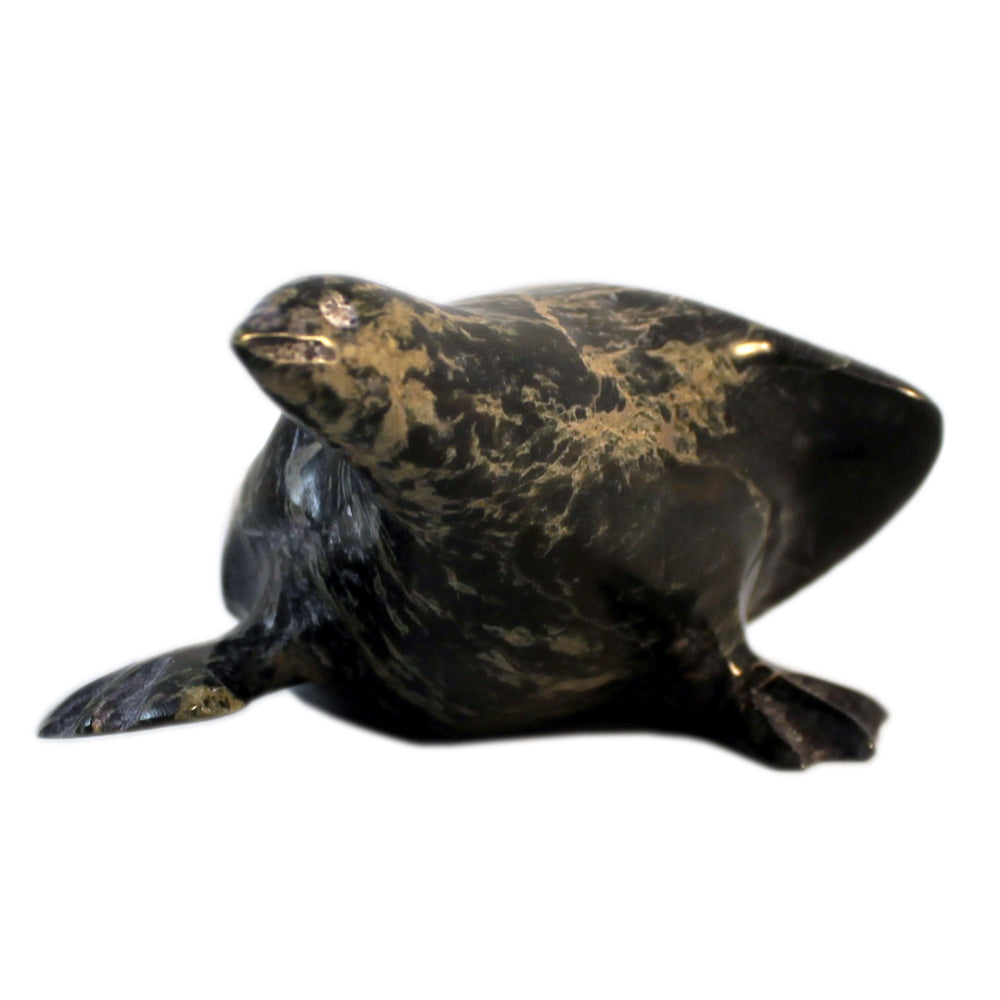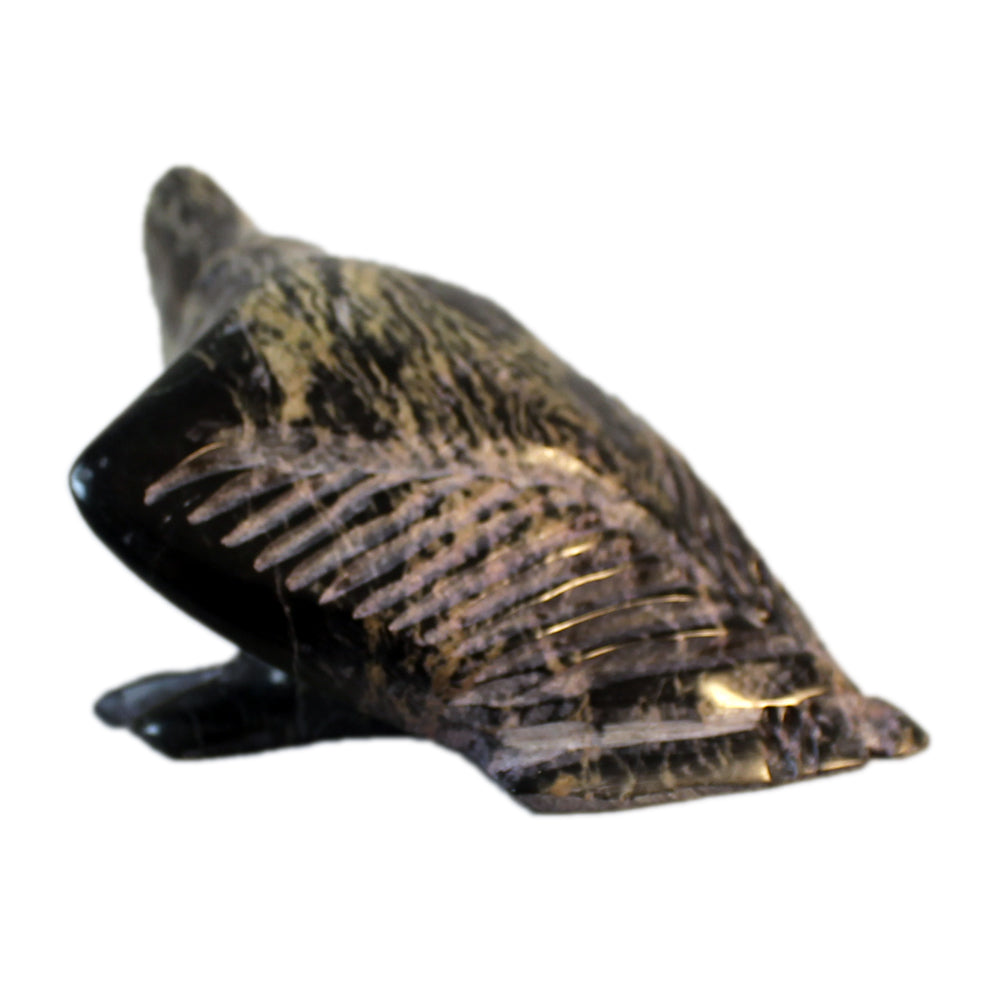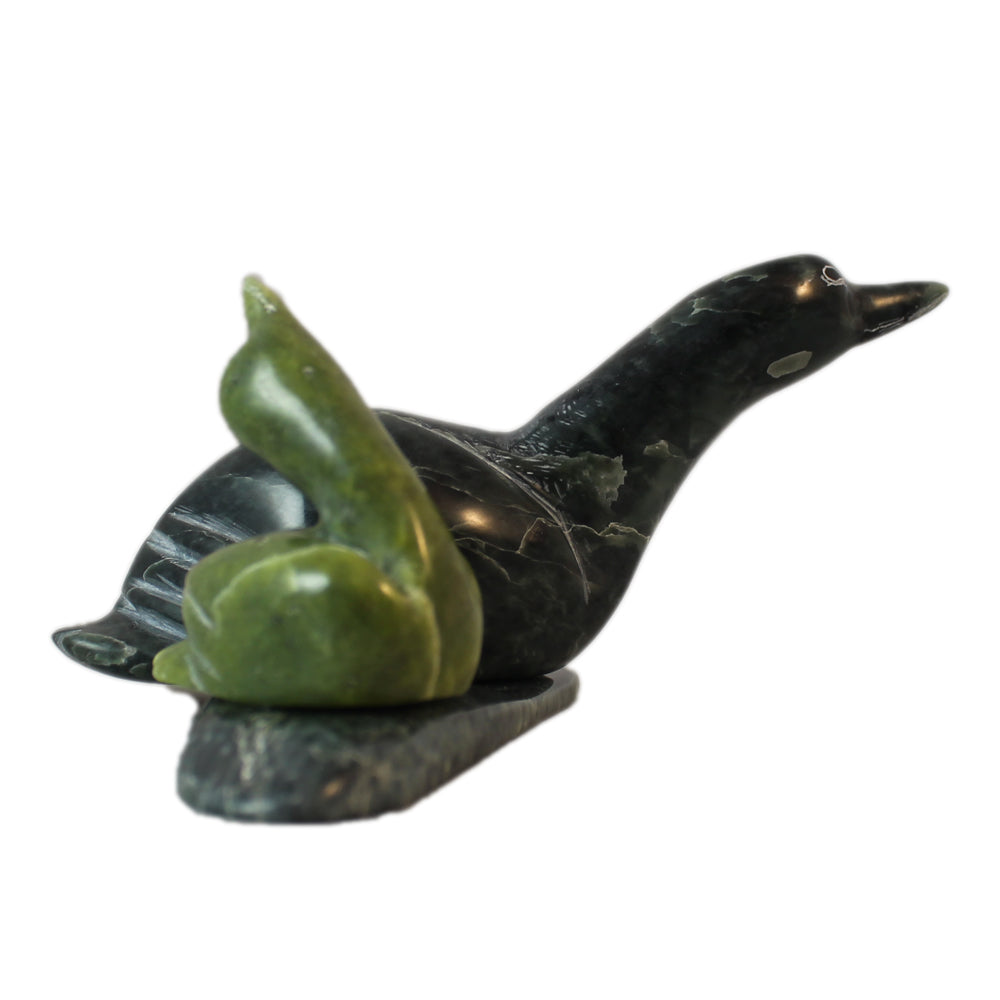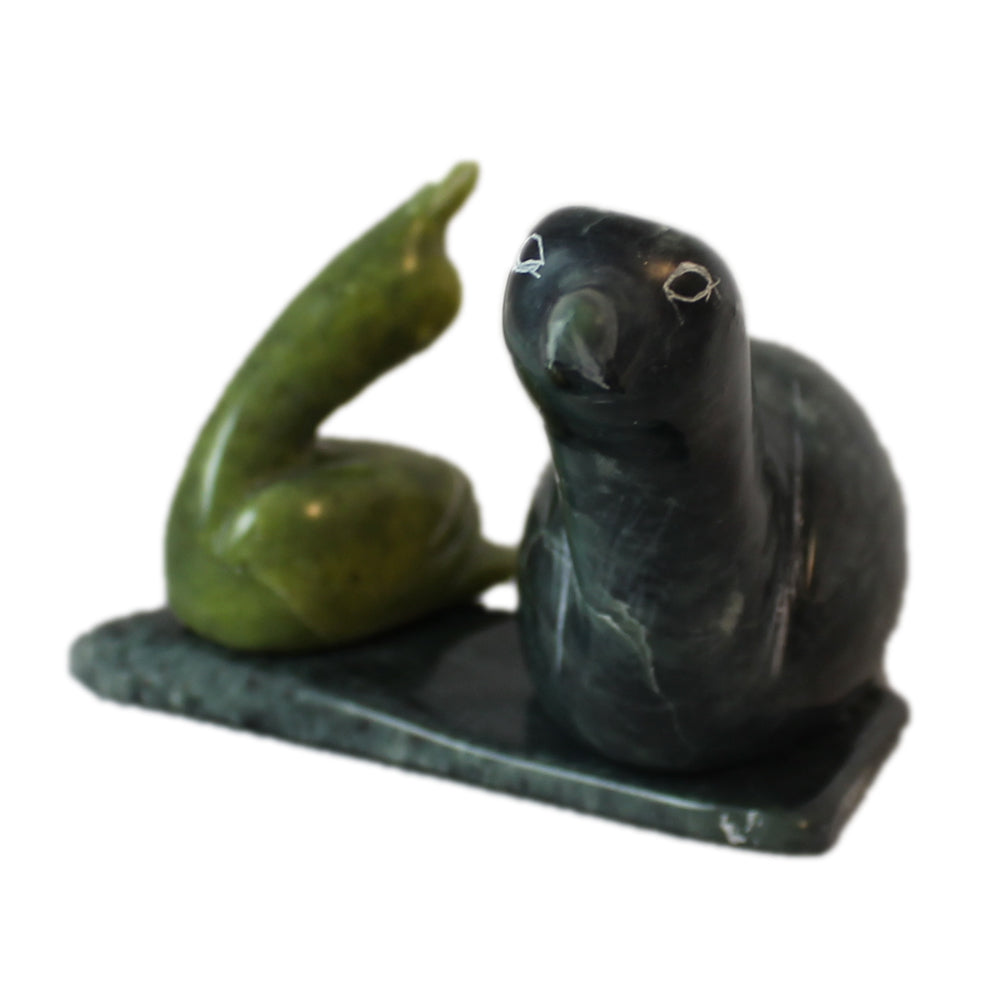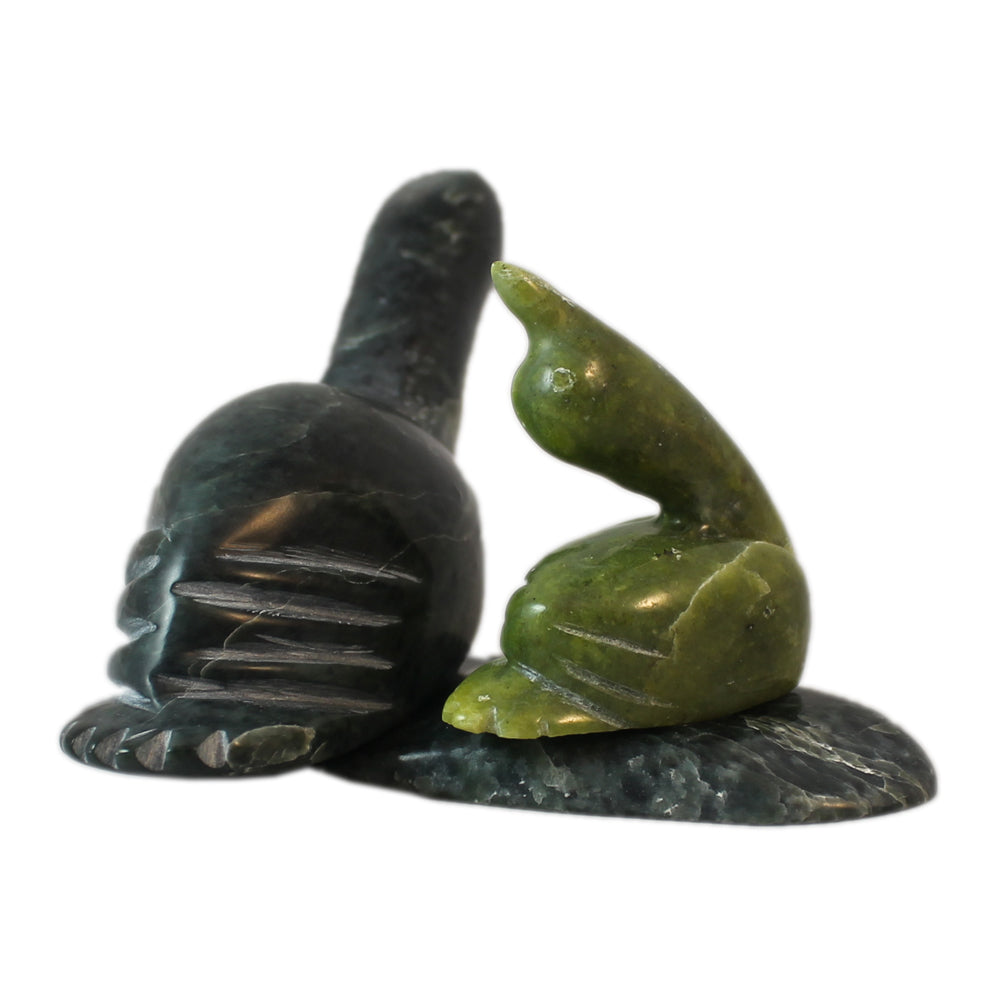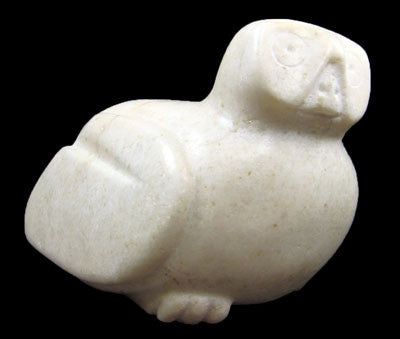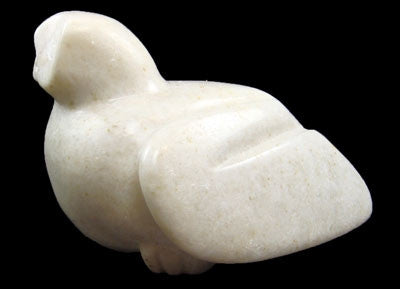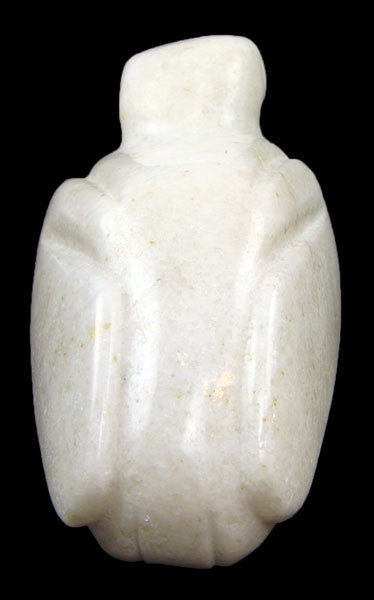Birds
Many kind of birds come up North during the spring time, then they leave on fall to down South. According to Inuit hunters and scientists, the Nunavut territory has over hundred species of birds nearly all of which are migratory such as ducks, geese, swans, loons, falcons, cranes, plovers, gulls, terns, etc. Few birds spend the winter in the Arctic, with only the raven (tulugaq or tulugajjuaq), snowy owl (ukpik or ukpijjuaq) or rock ptarmigan (aqiggivik).
Women and children hunt birds for food (mostly ducks, geese, white and rock ptarmigans) while they also provide them in materials clothes. Beside a food source Inuit people had several other ways of using birds: skins from larger birds were used as towels, wings have been used to dust, sweep or refresh (like a fan), skins were used as make containers, slippers and if caribou were scarce parkas. Nowadays, using birds is still relevant not only for food, but also as wings are used like a personal fan, and feathers are useful for making warmer clothes and pillows, for examples.
On a symbolic point of view, birds keep a strong meaning as the mean symbol of the spring time linked to the return of the sun, the melting ice and the warming days. Among Inuit cosmology, many birds take an active part in myth through the oral tradition.
Women and children hunt birds for food (mostly ducks, geese, white and rock ptarmigans) while they also provide them in materials clothes. Beside a food source Inuit people had several other ways of using birds: skins from larger birds were used as towels, wings have been used to dust, sweep or refresh (like a fan), skins were used as make containers, slippers and if caribou were scarce parkas. Nowadays, using birds is still relevant not only for food, but also as wings are used like a personal fan, and feathers are useful for making warmer clothes and pillows, for examples.
On a symbolic point of view, birds keep a strong meaning as the mean symbol of the spring time linked to the return of the sun, the melting ice and the warming days. Among Inuit cosmology, many birds take an active part in myth through the oral tradition.


